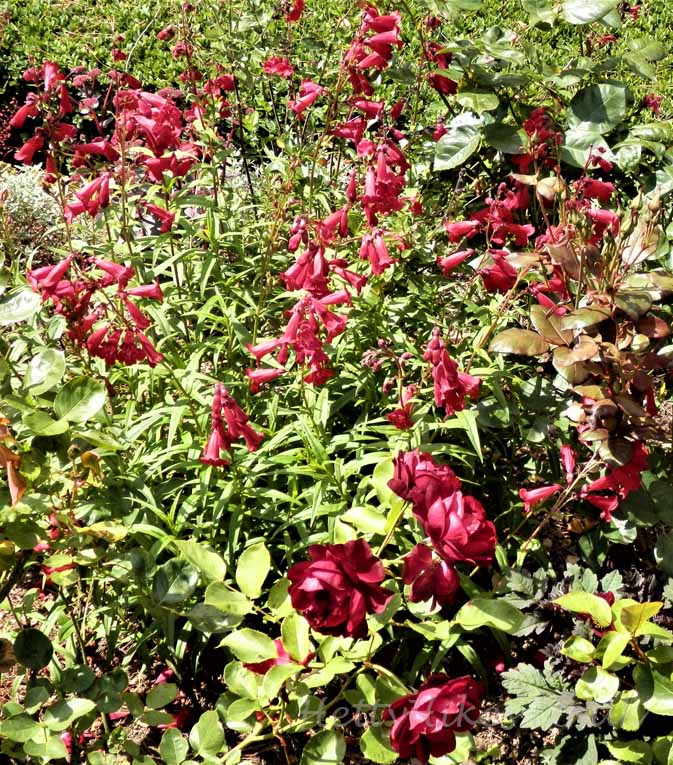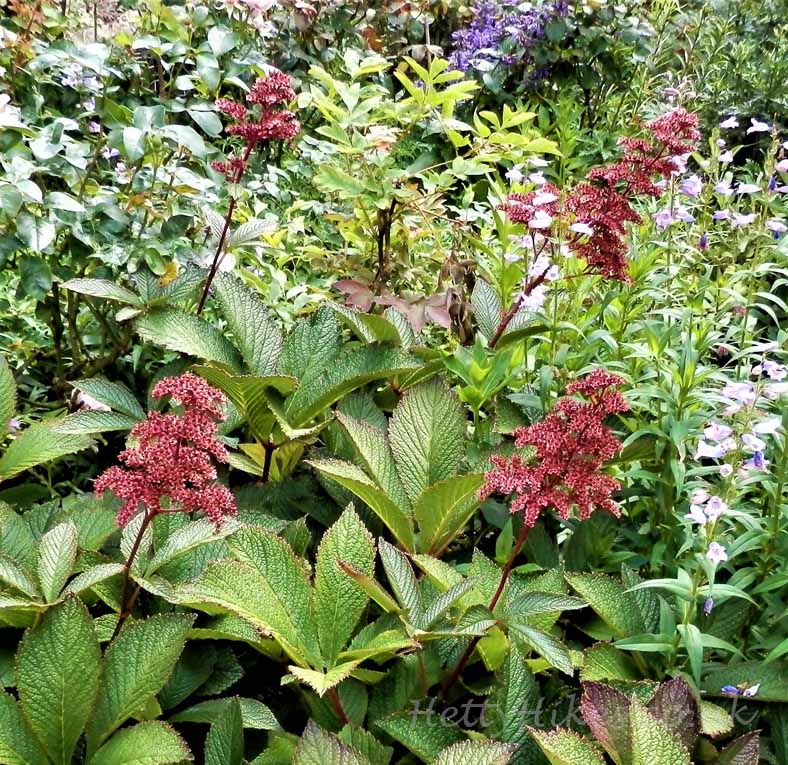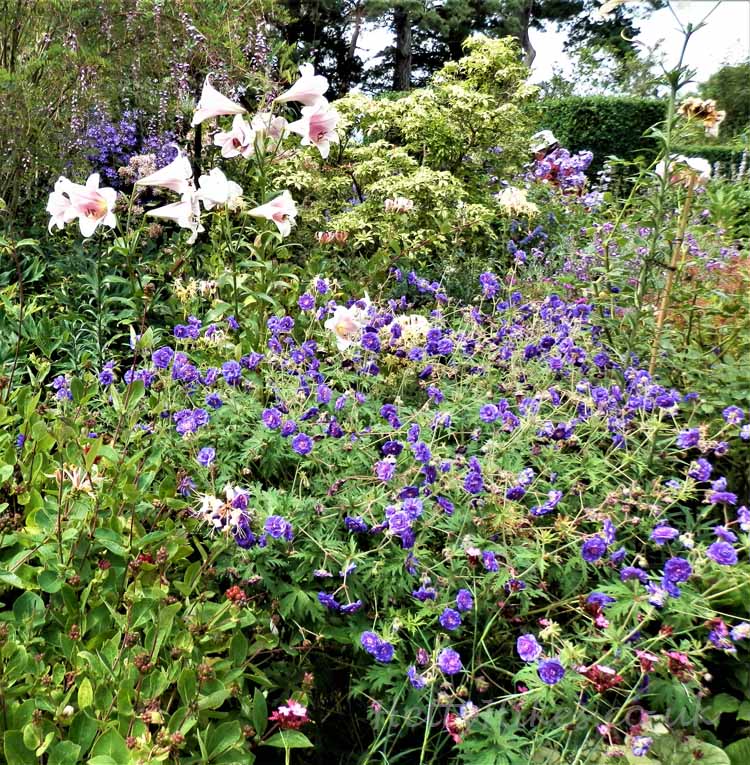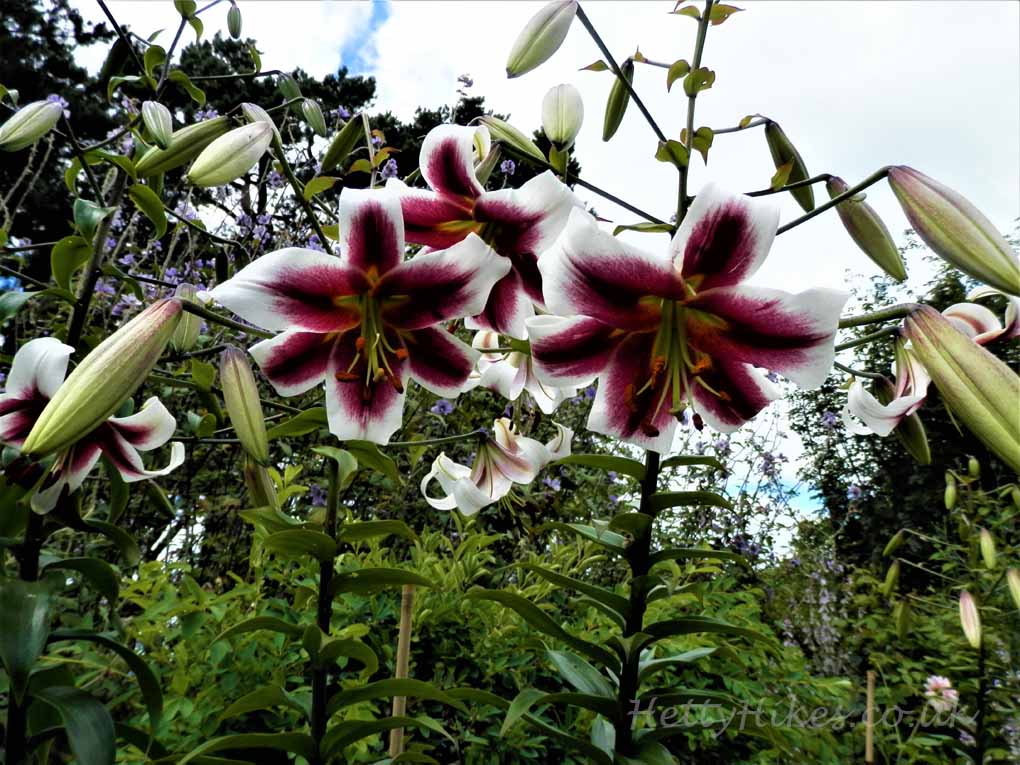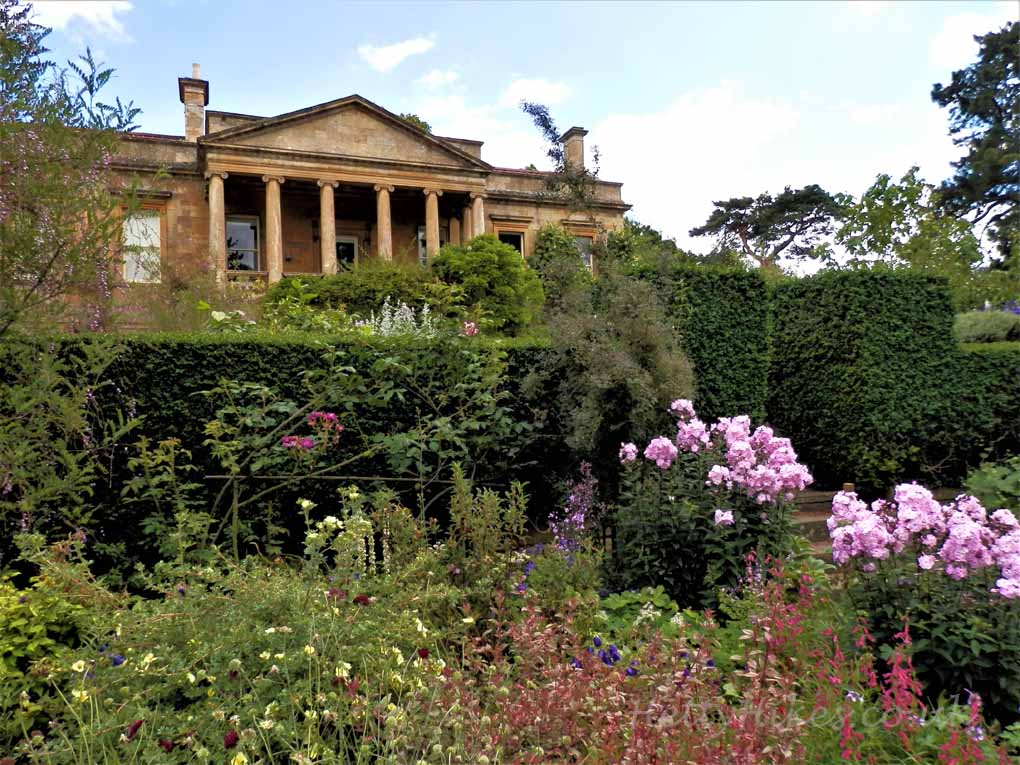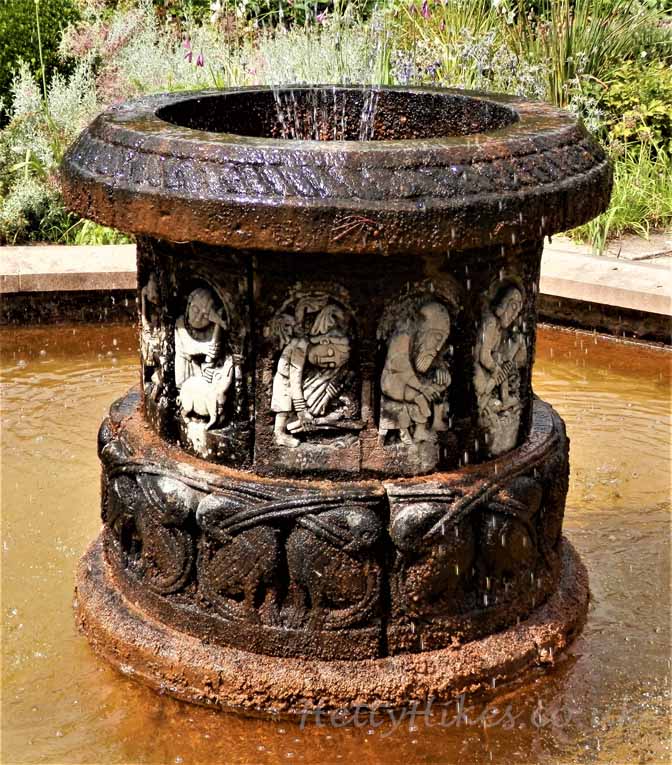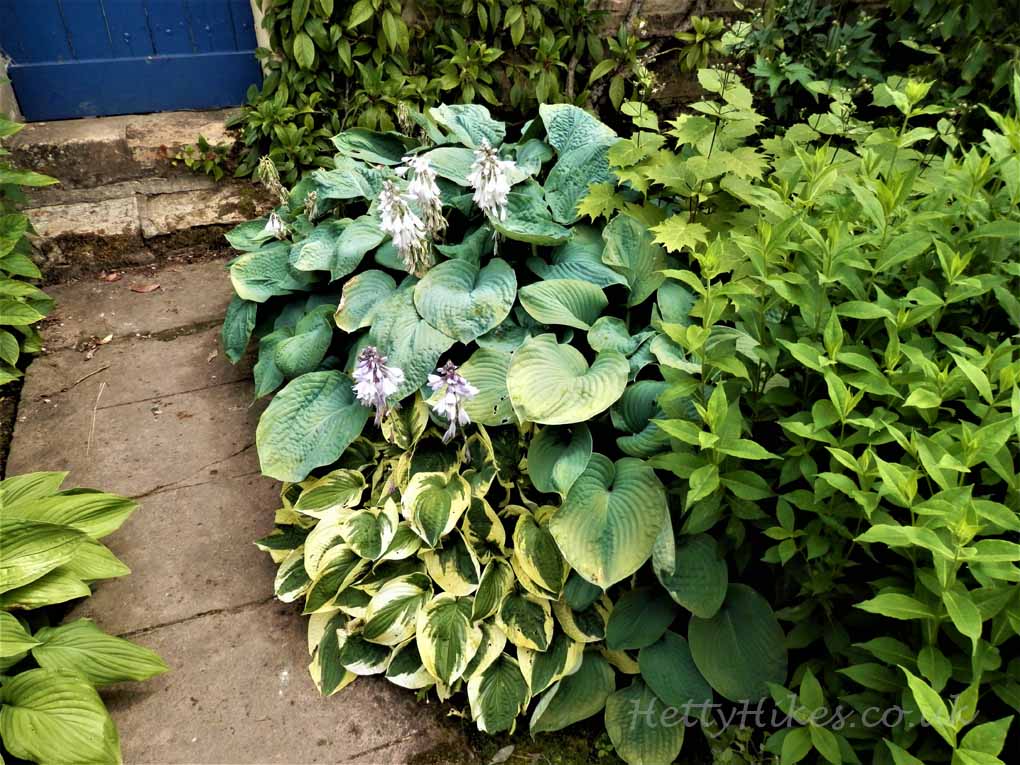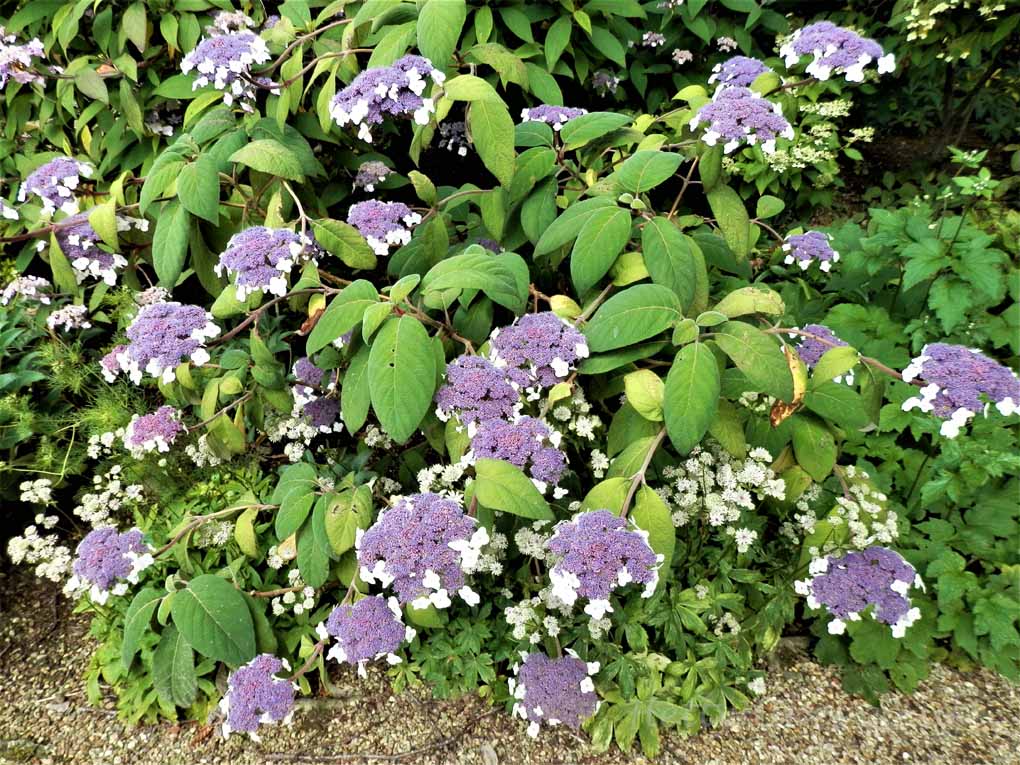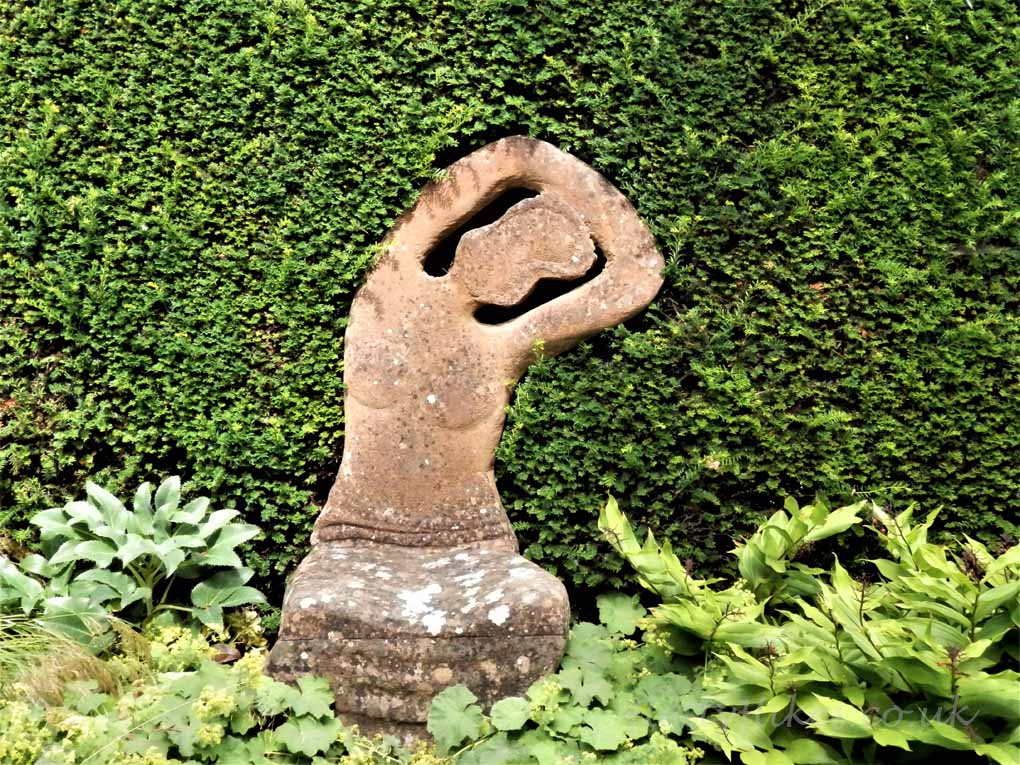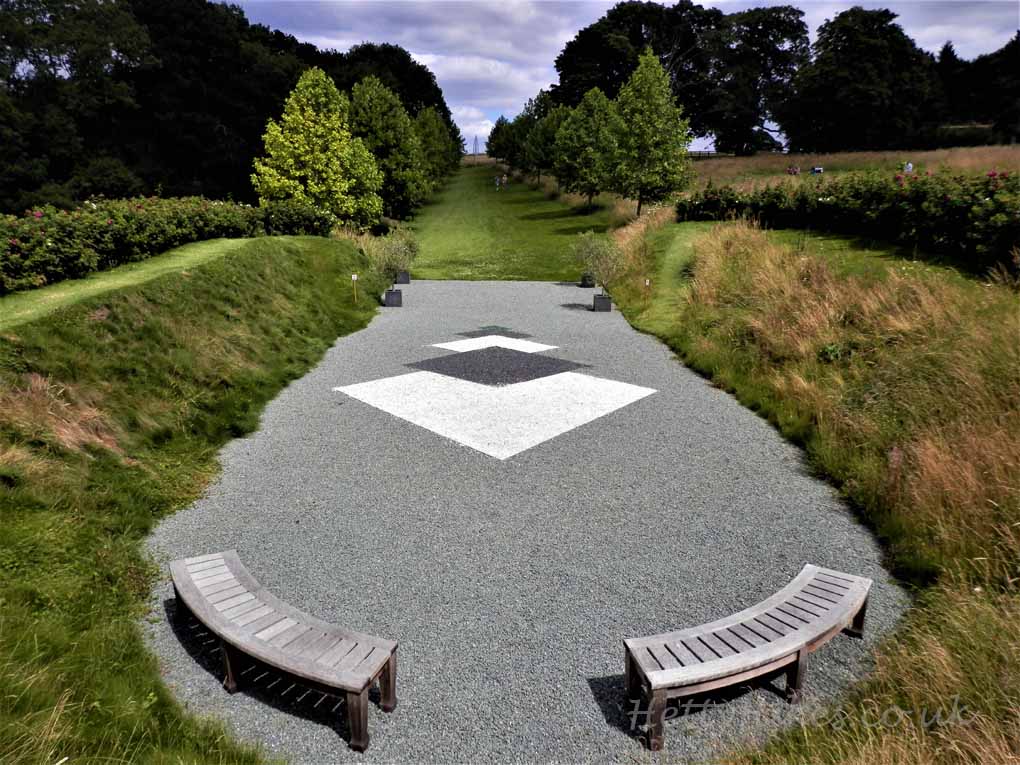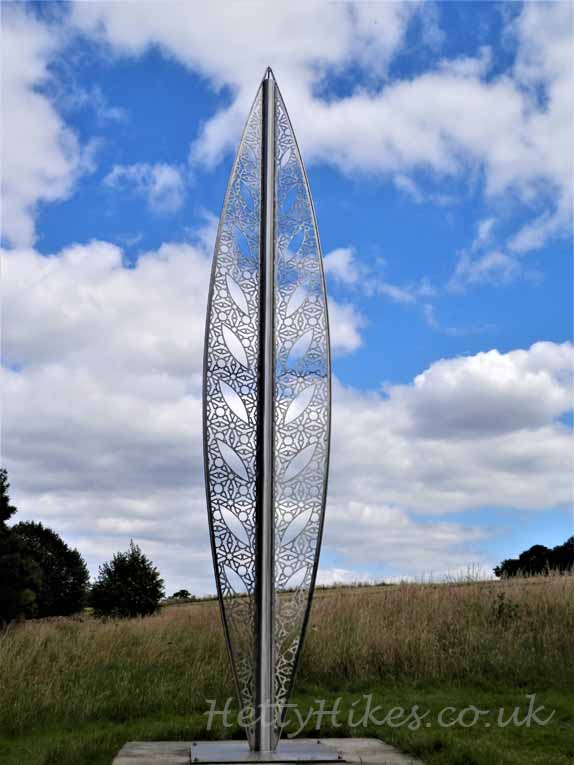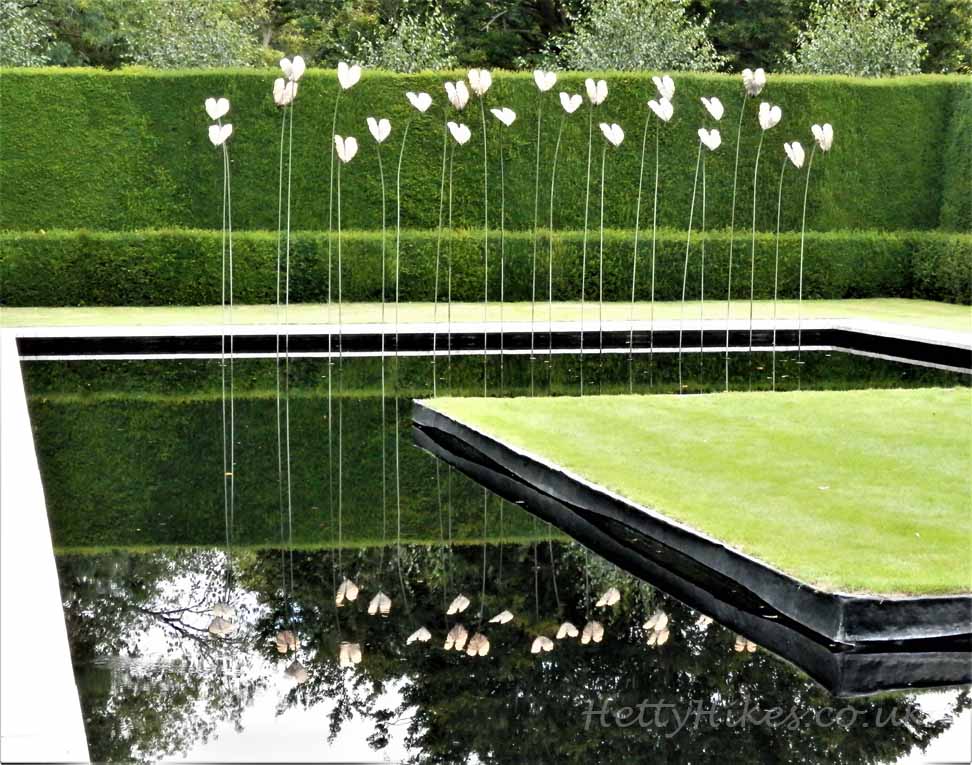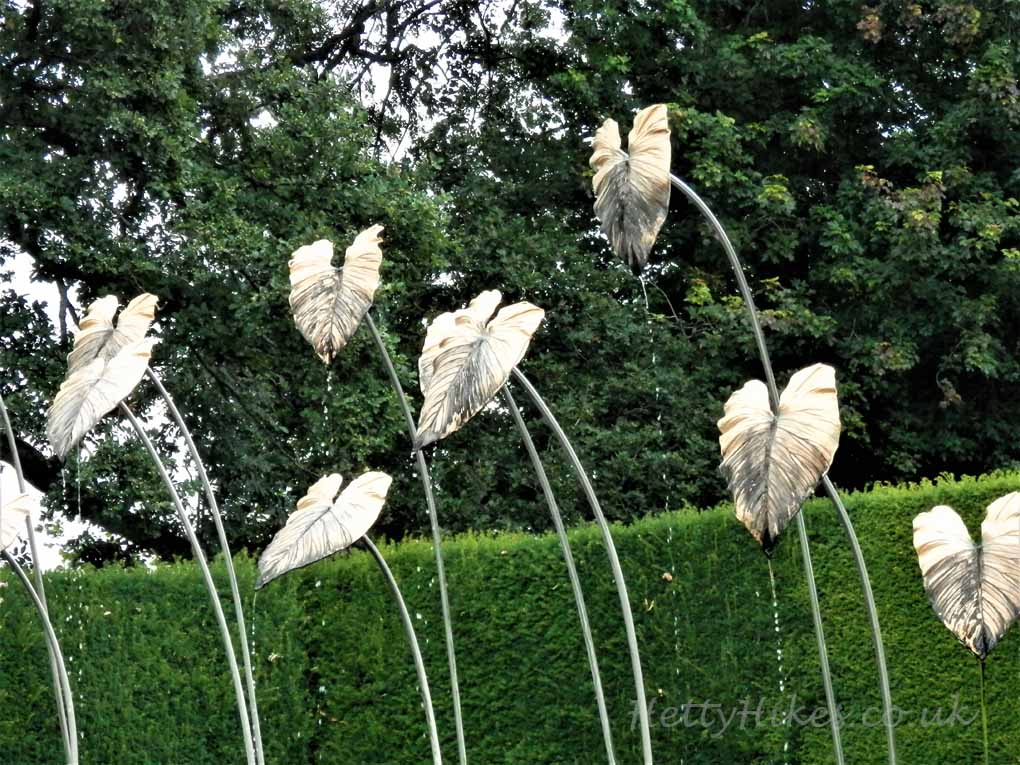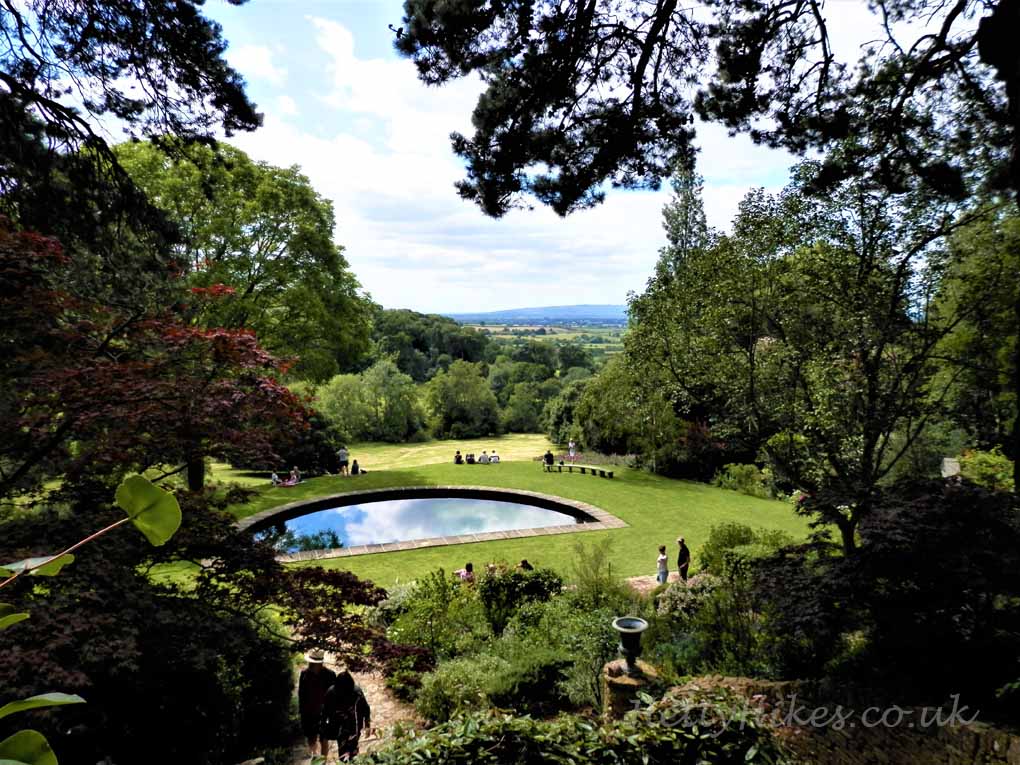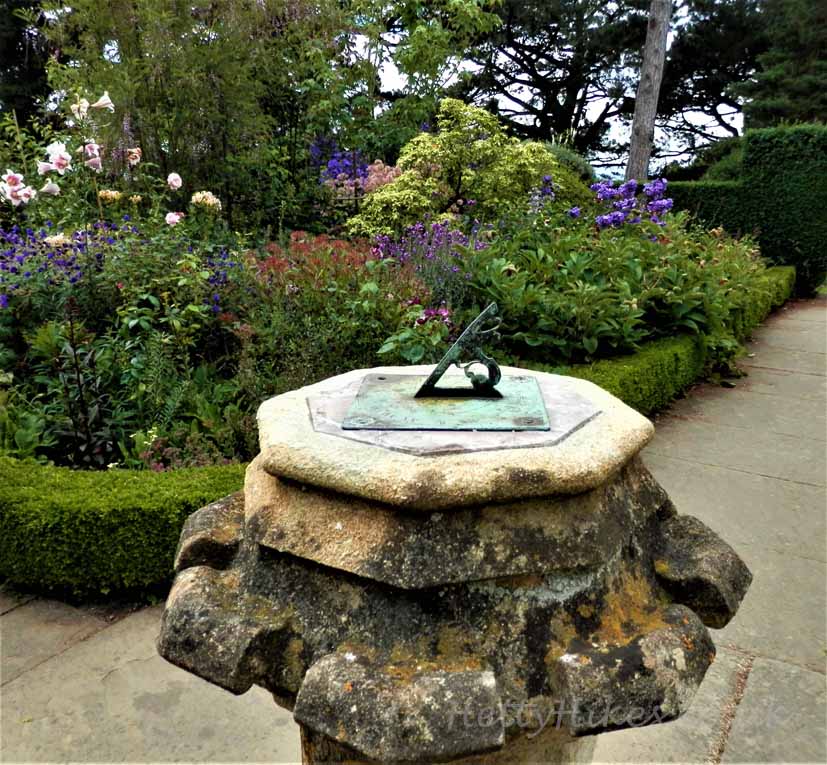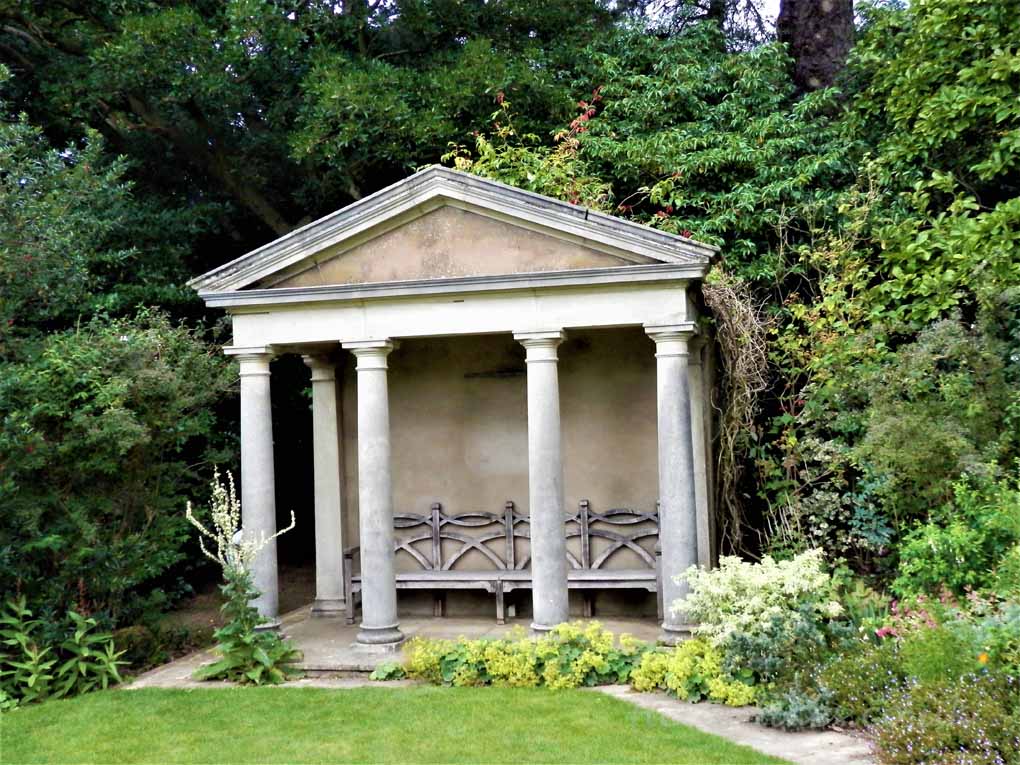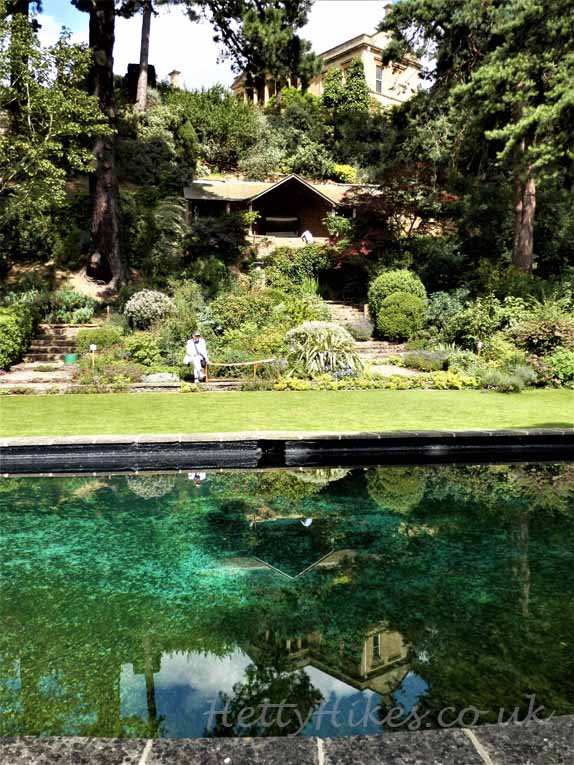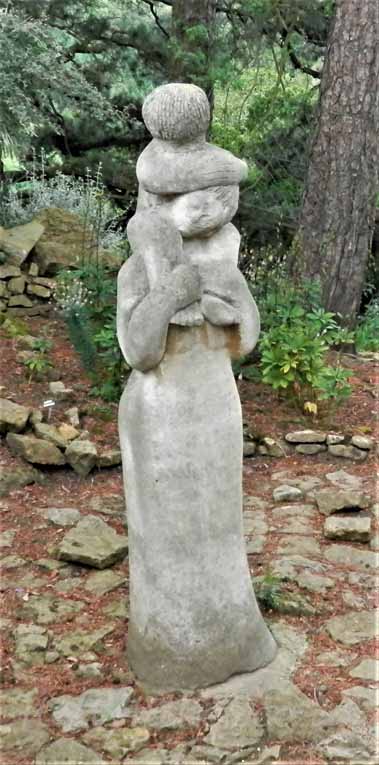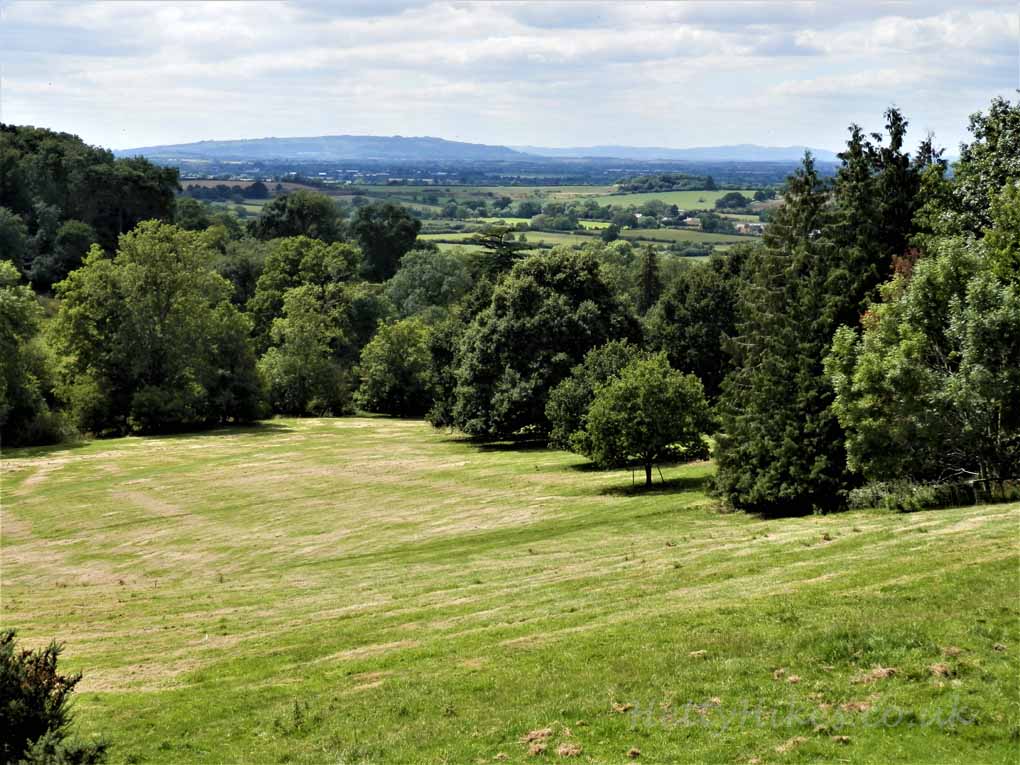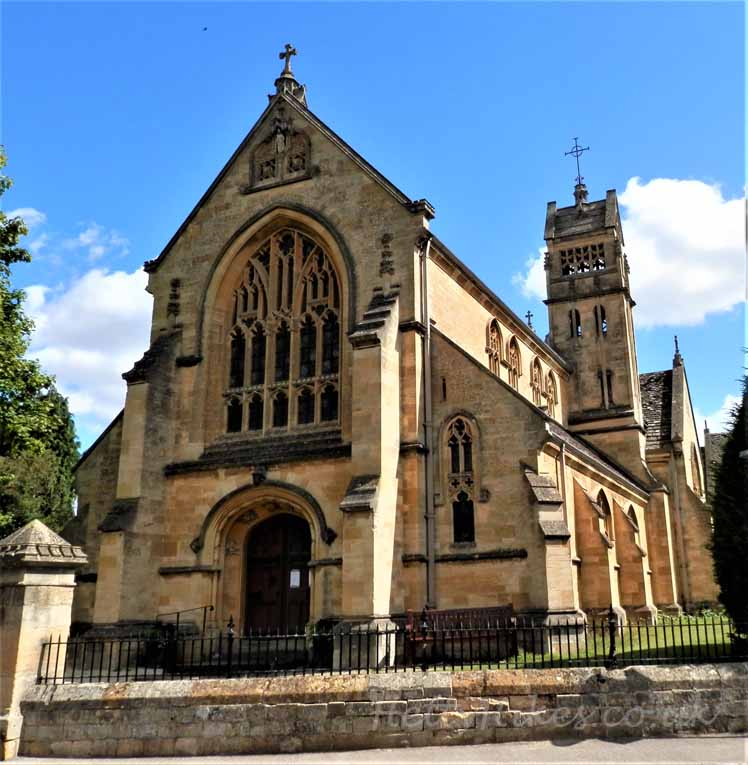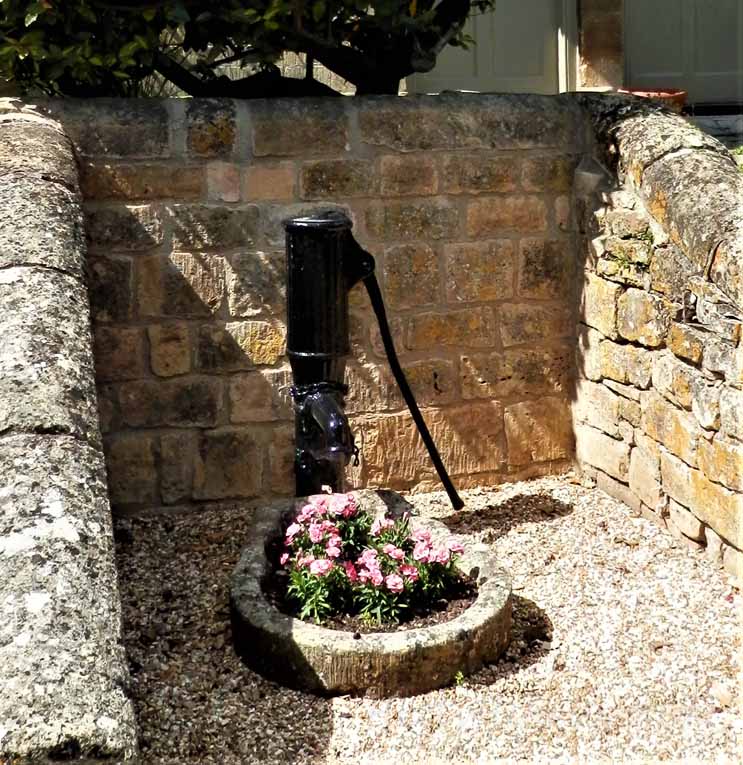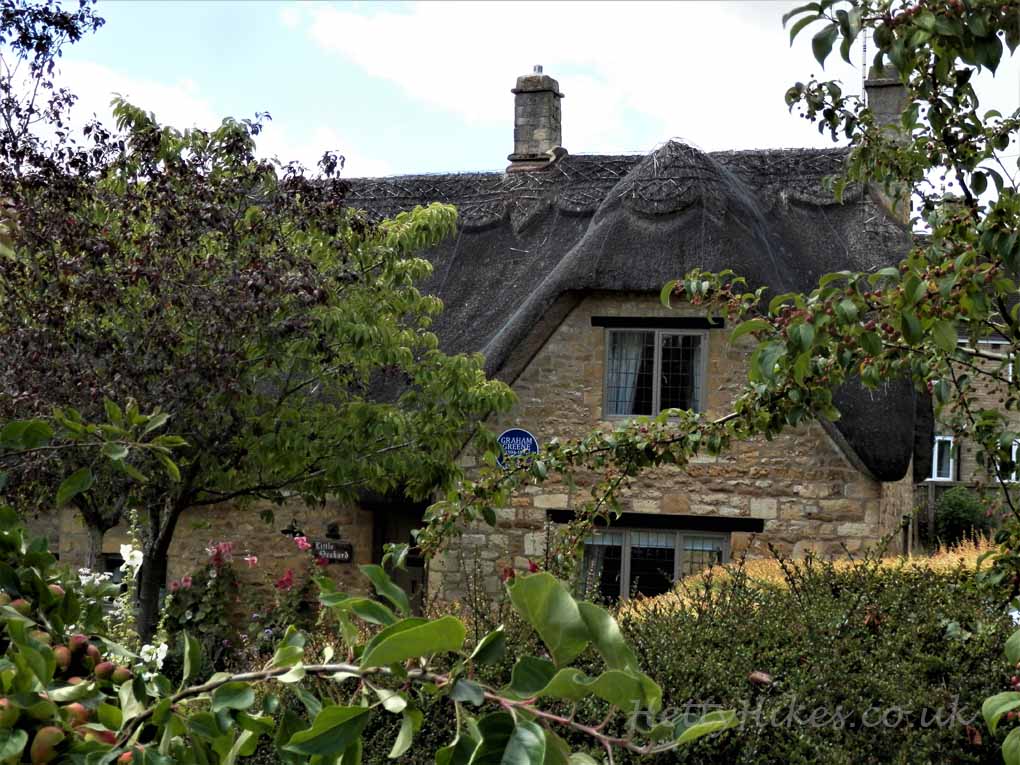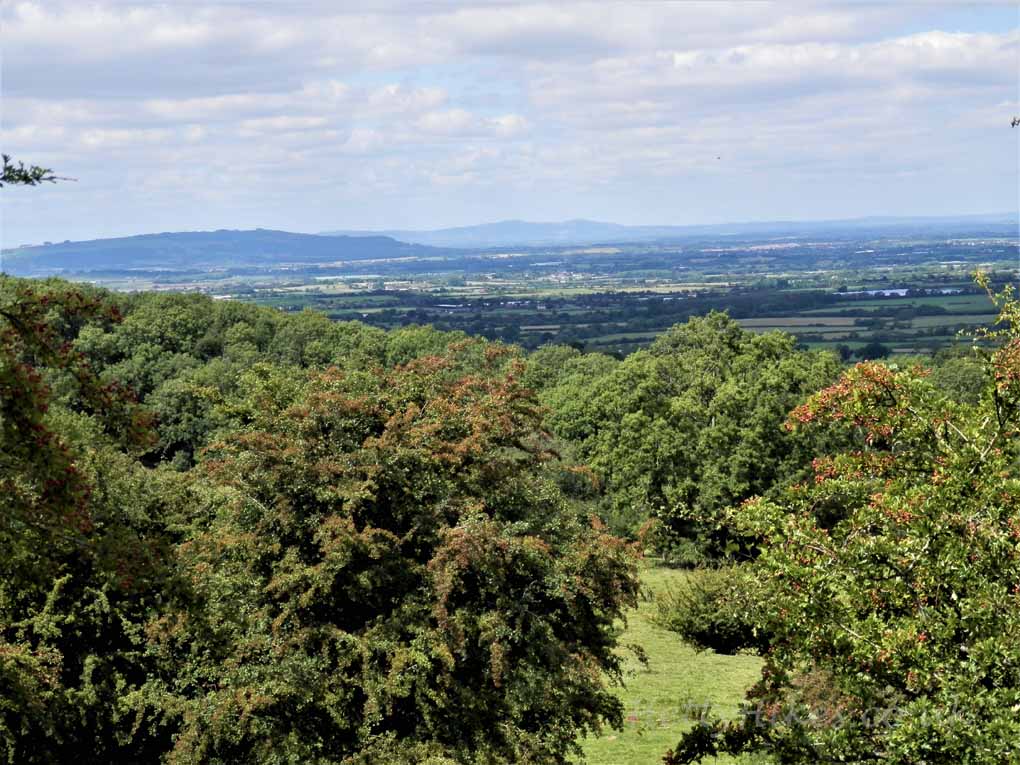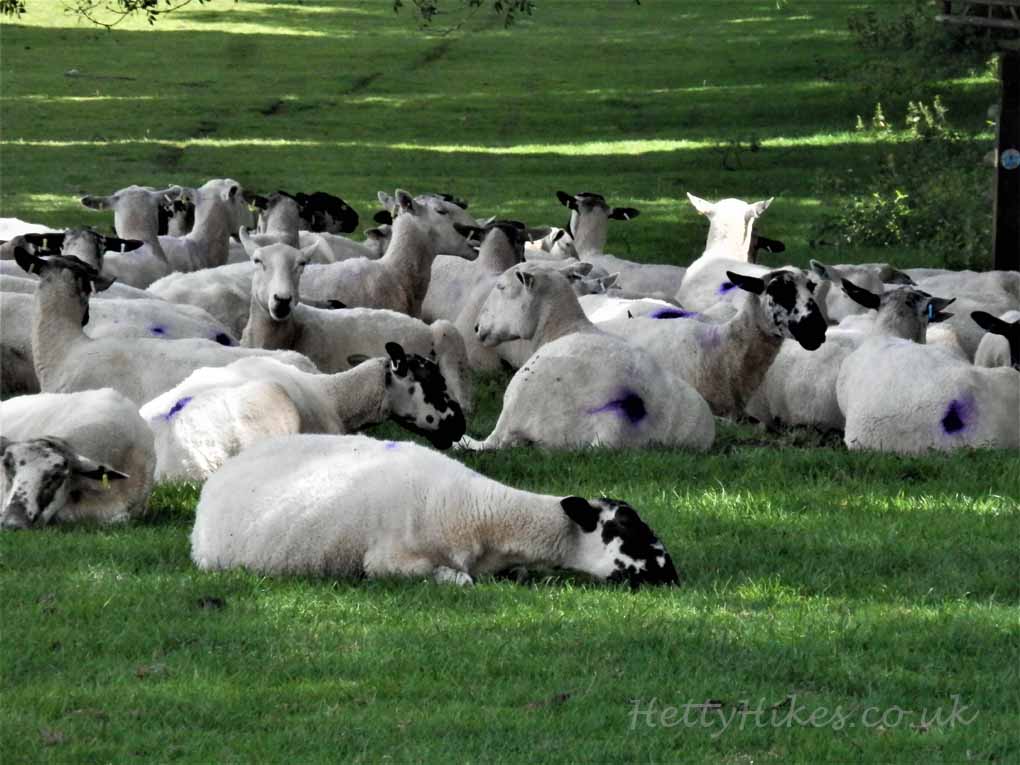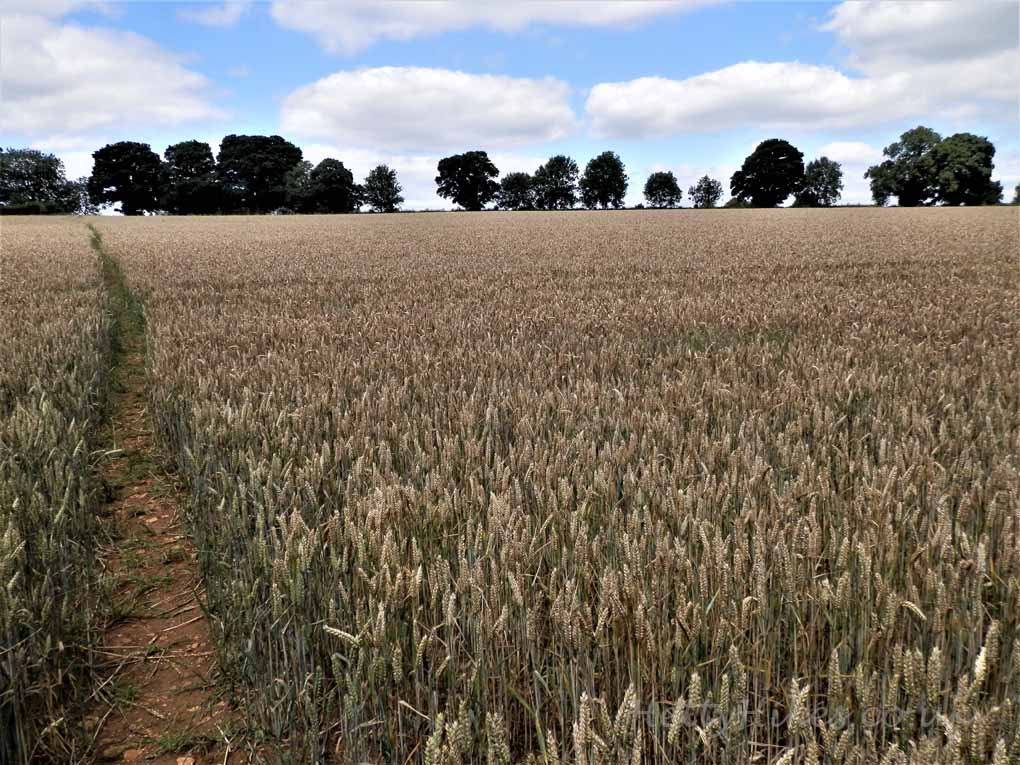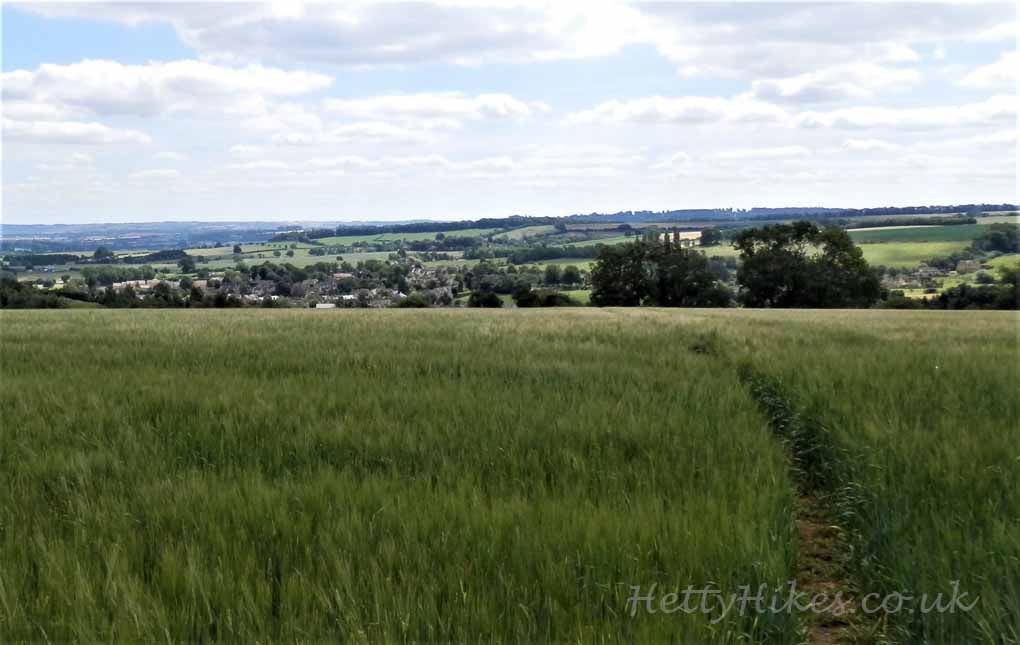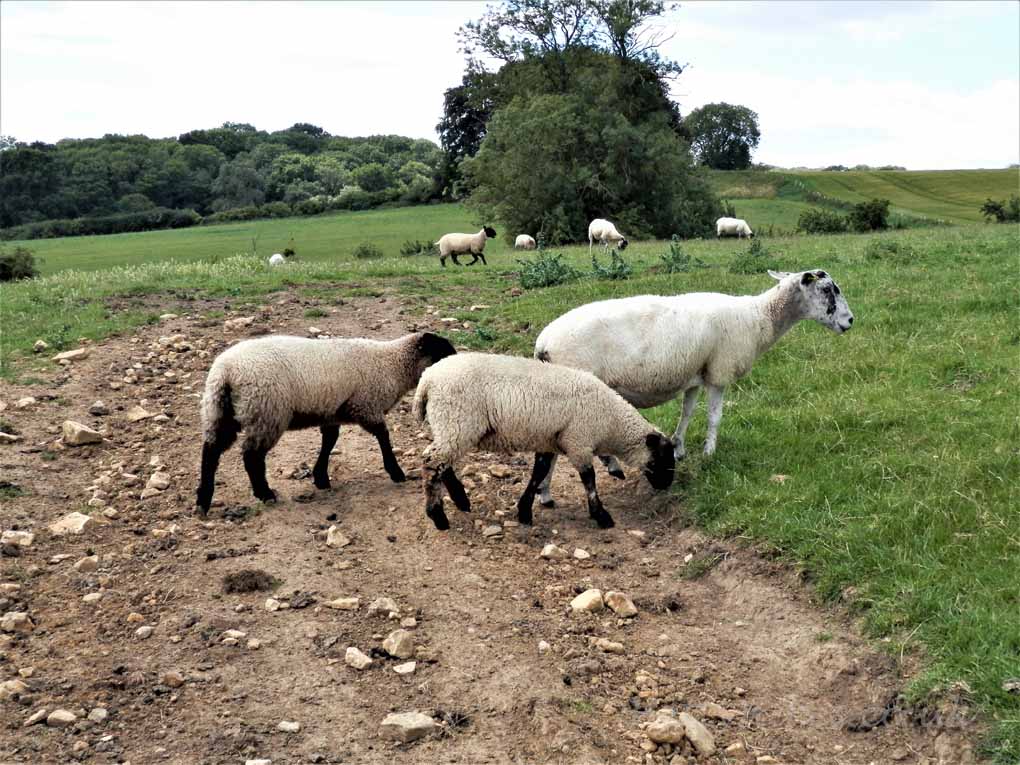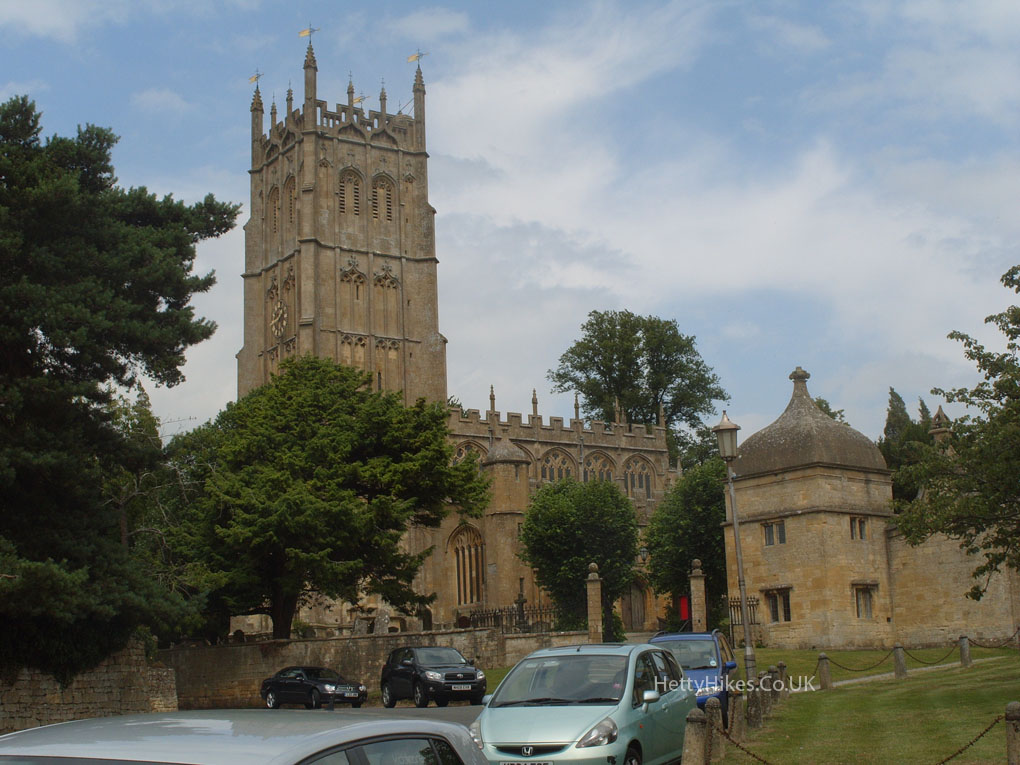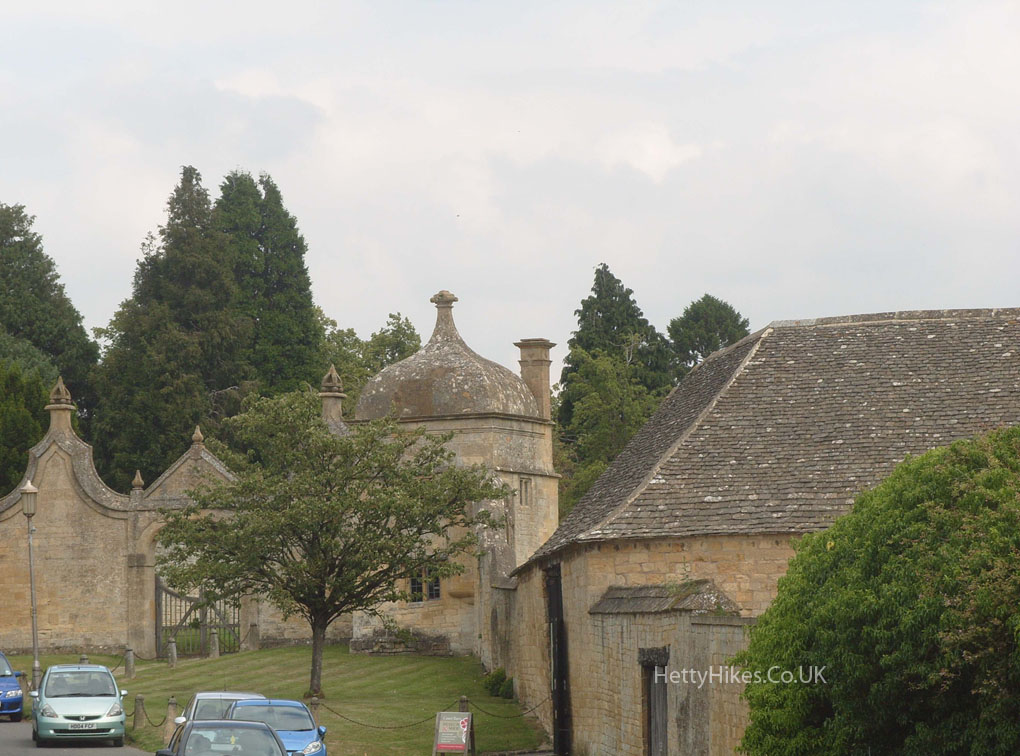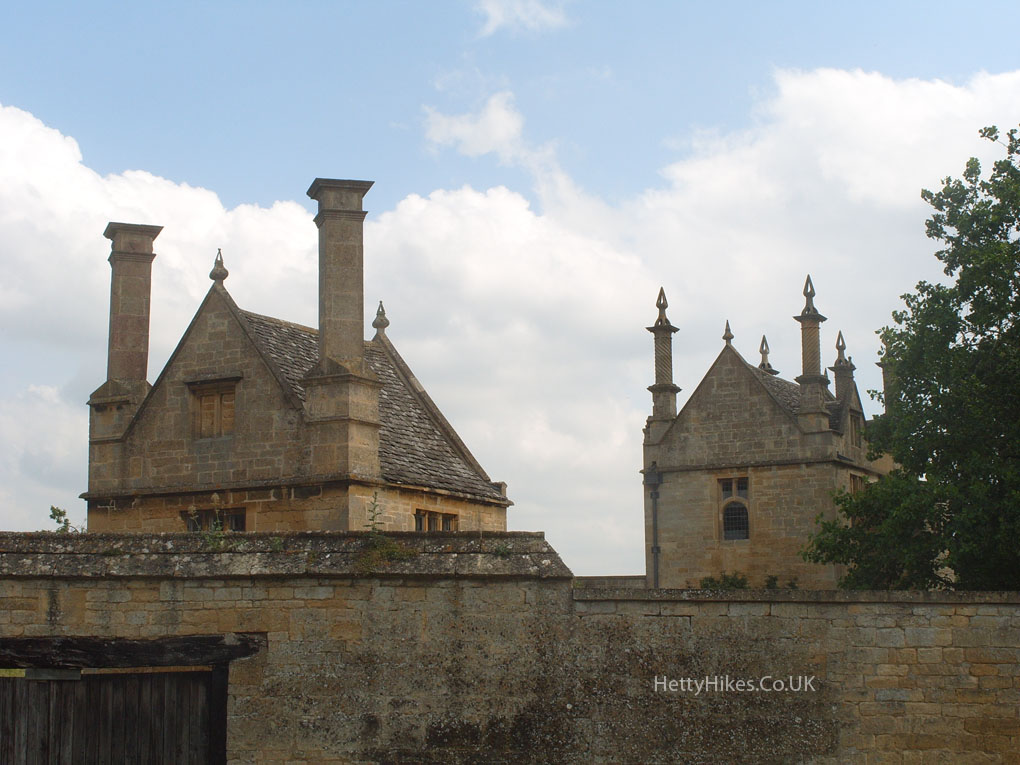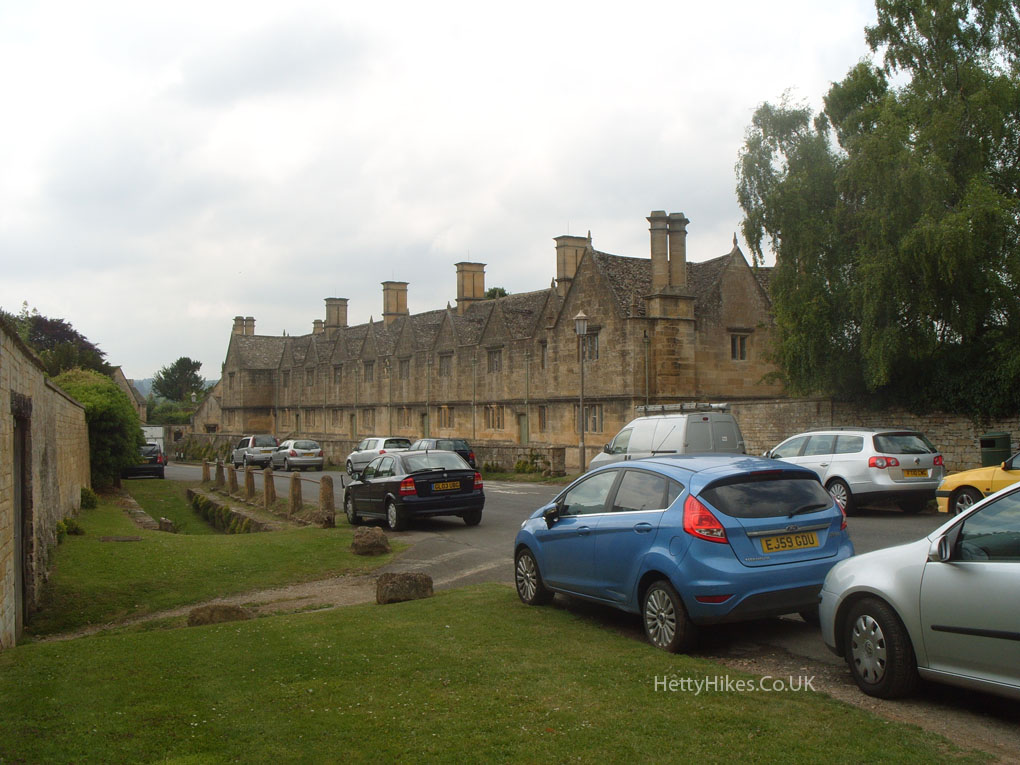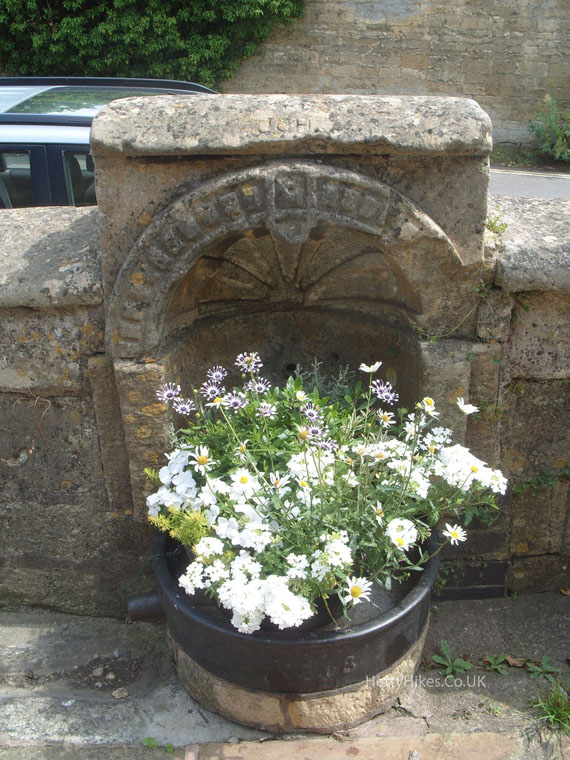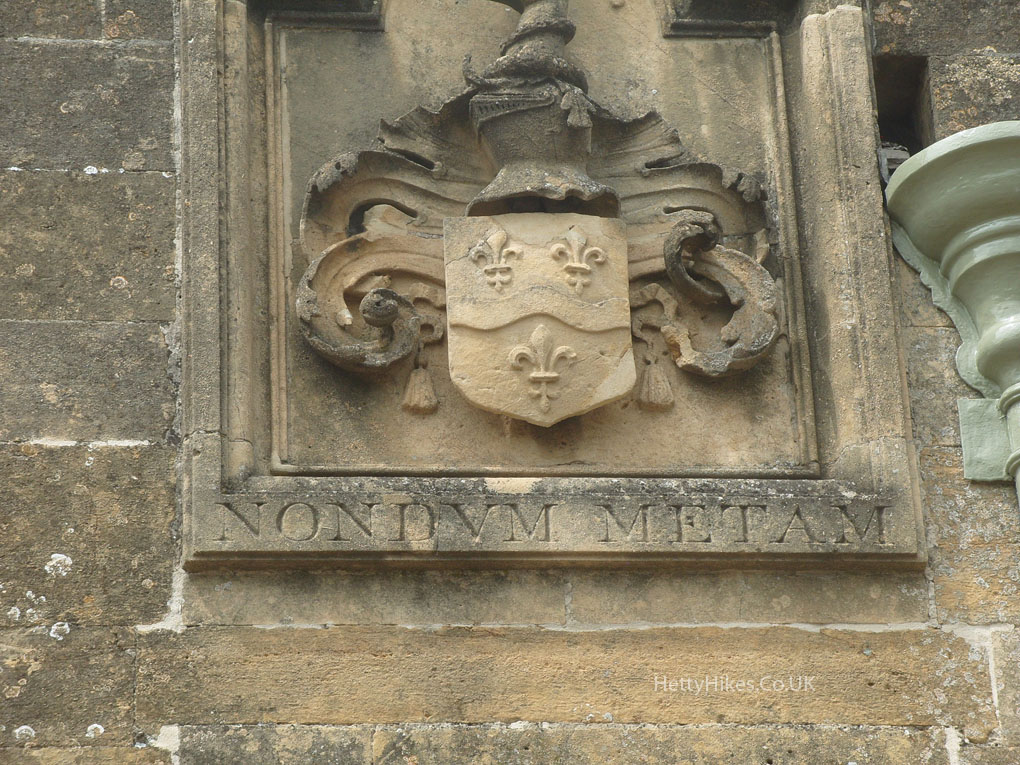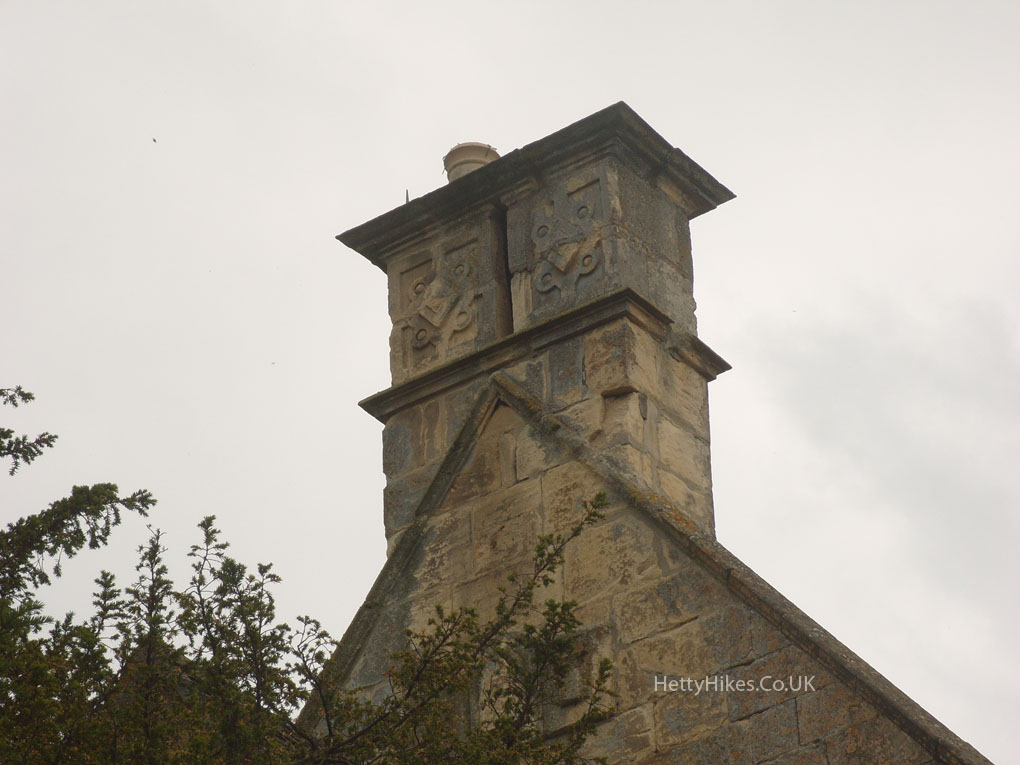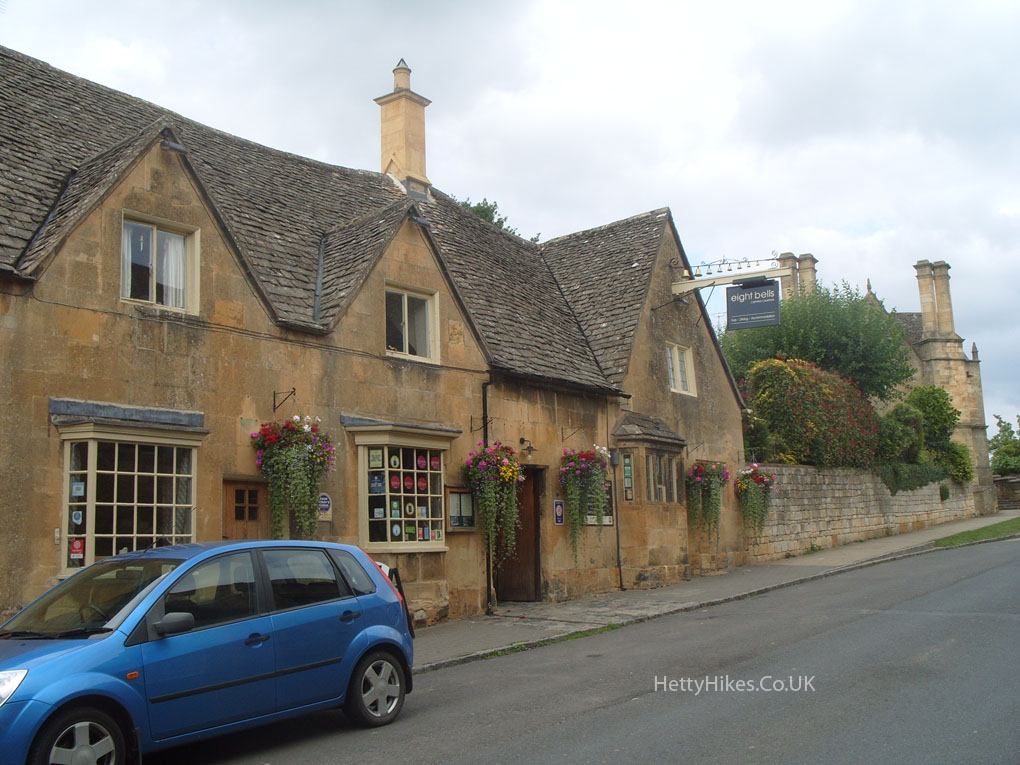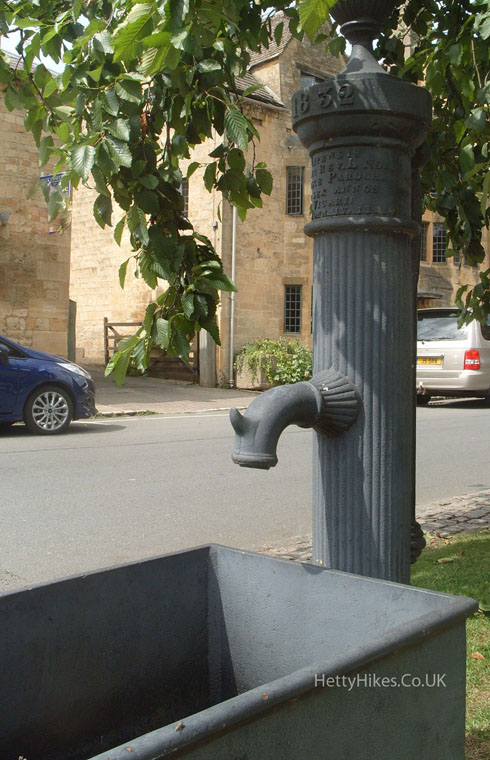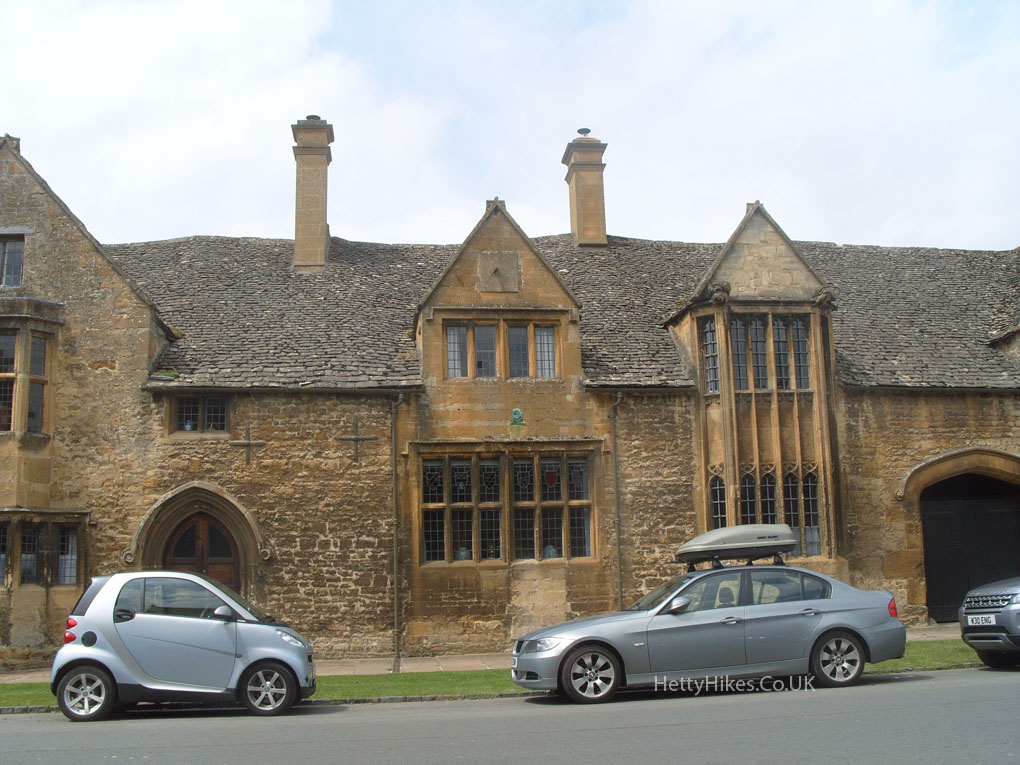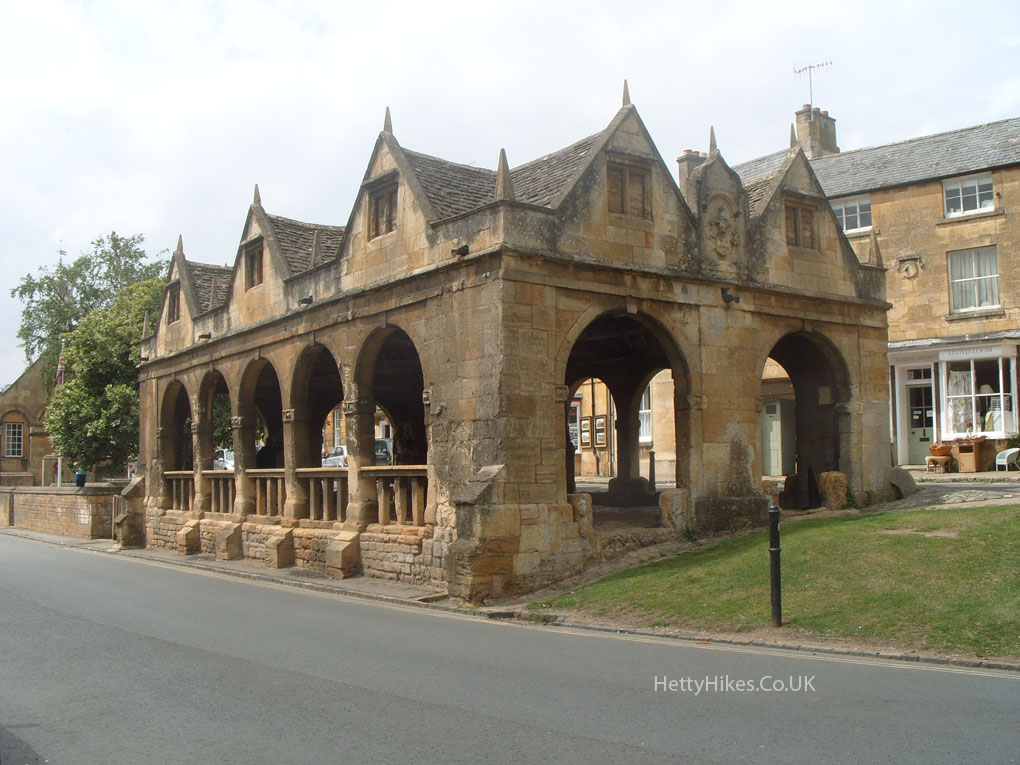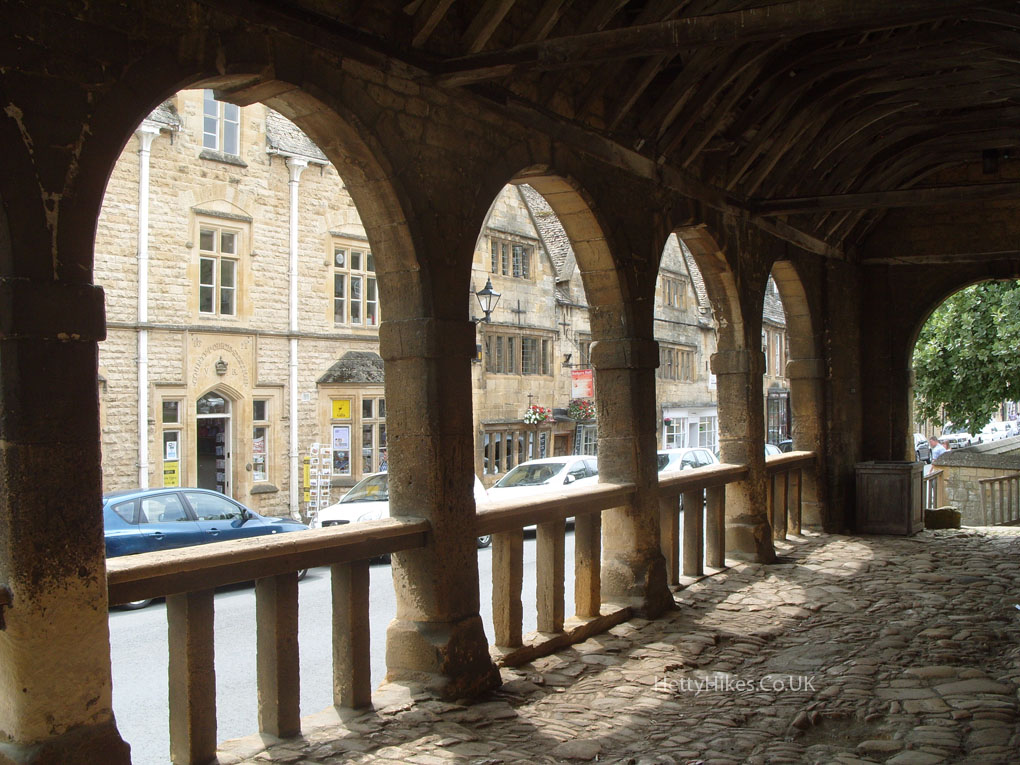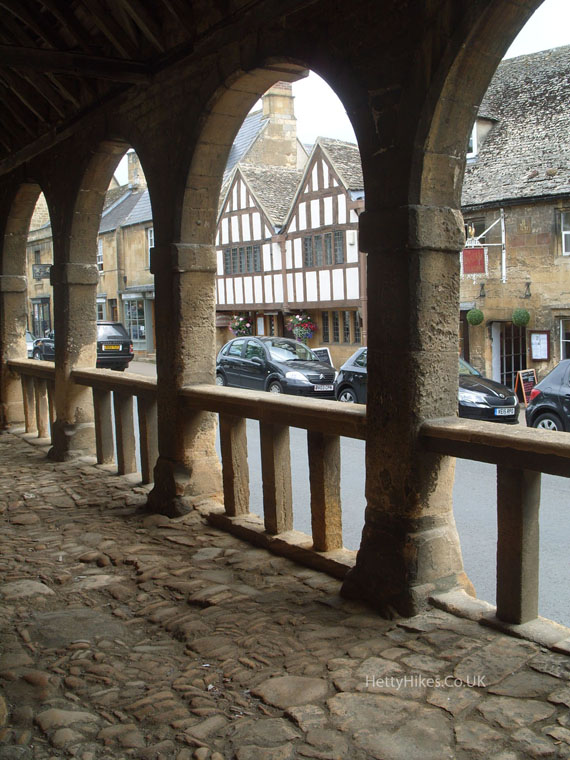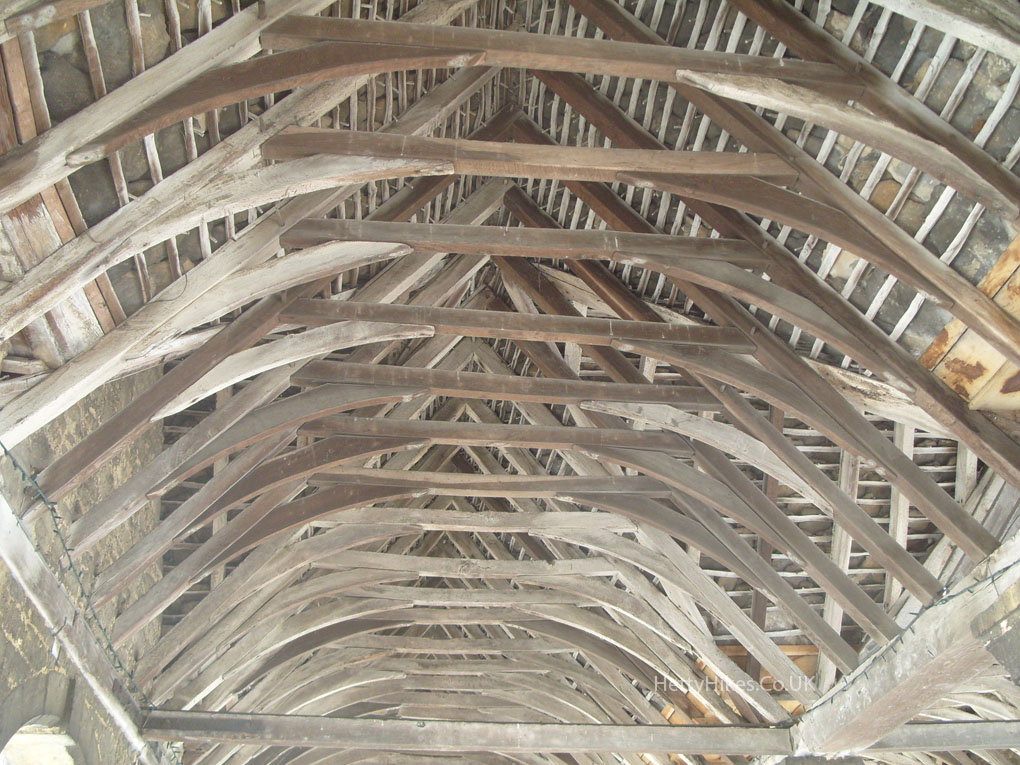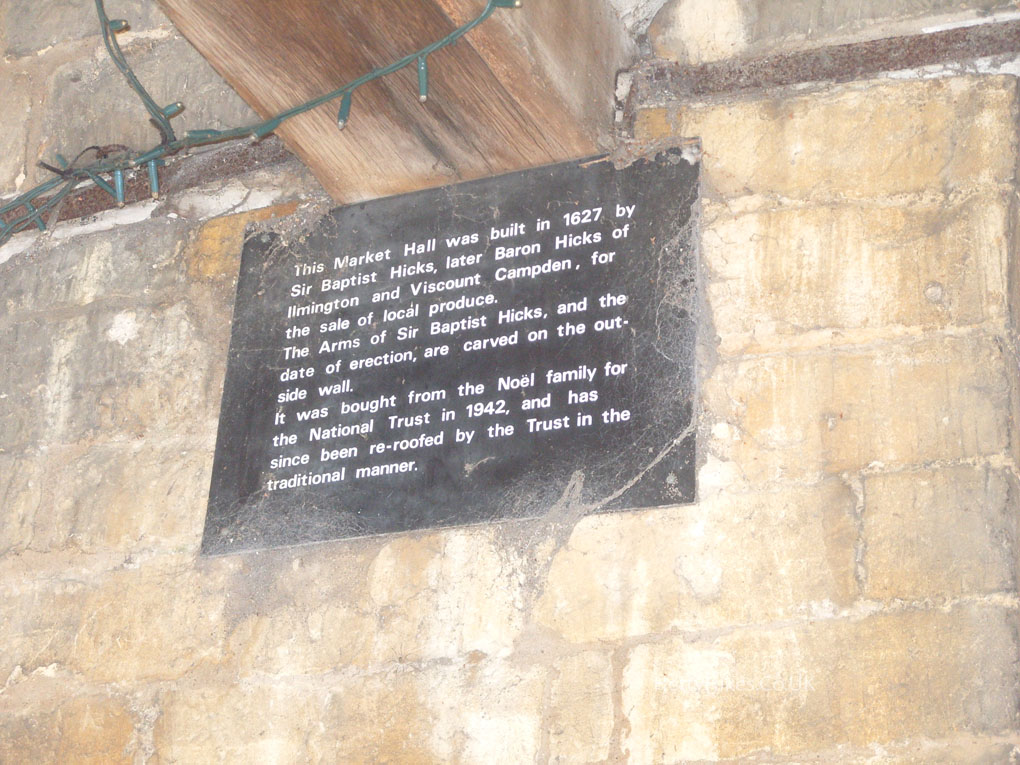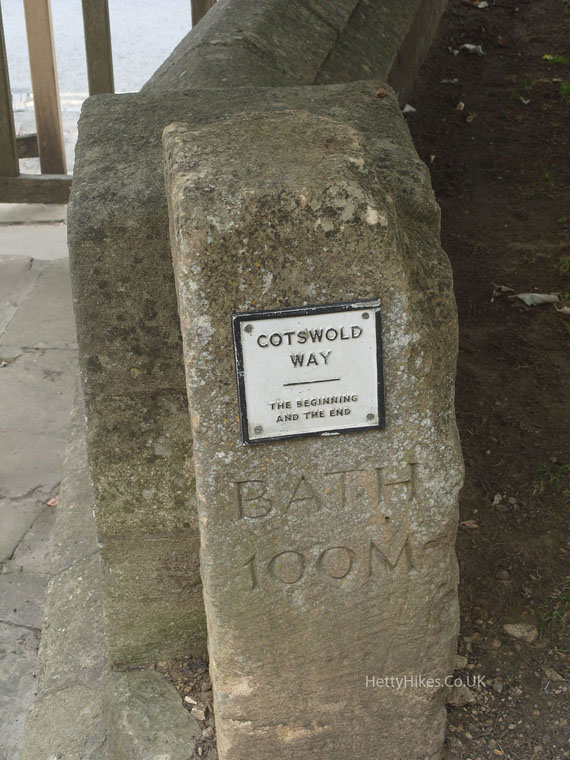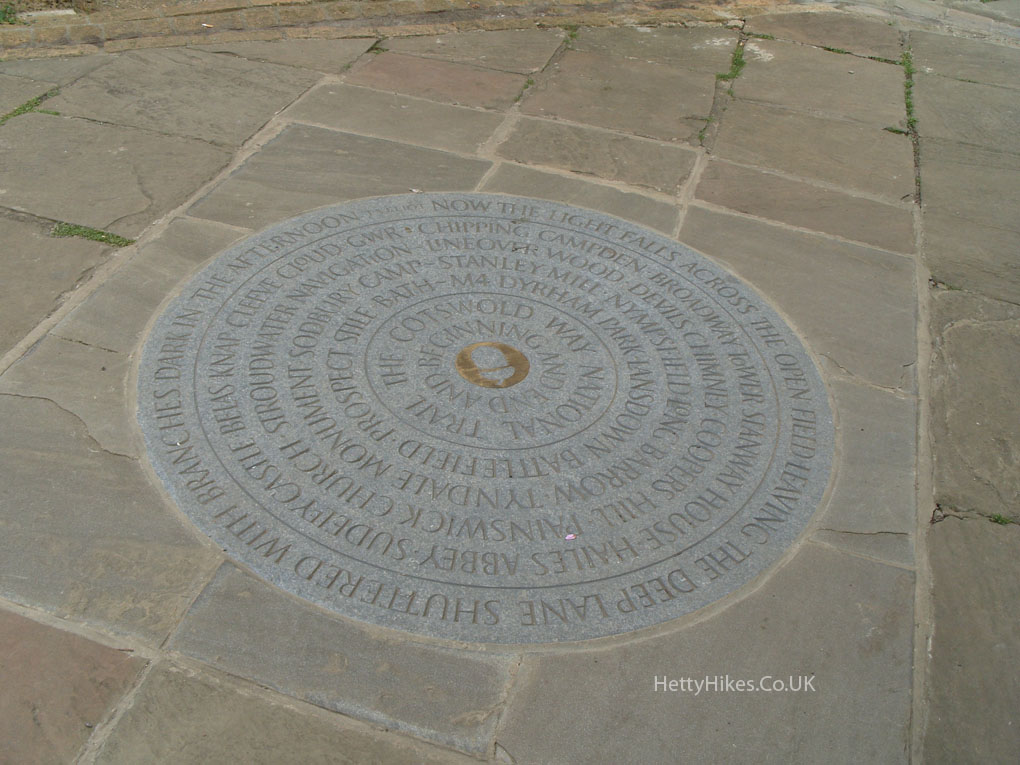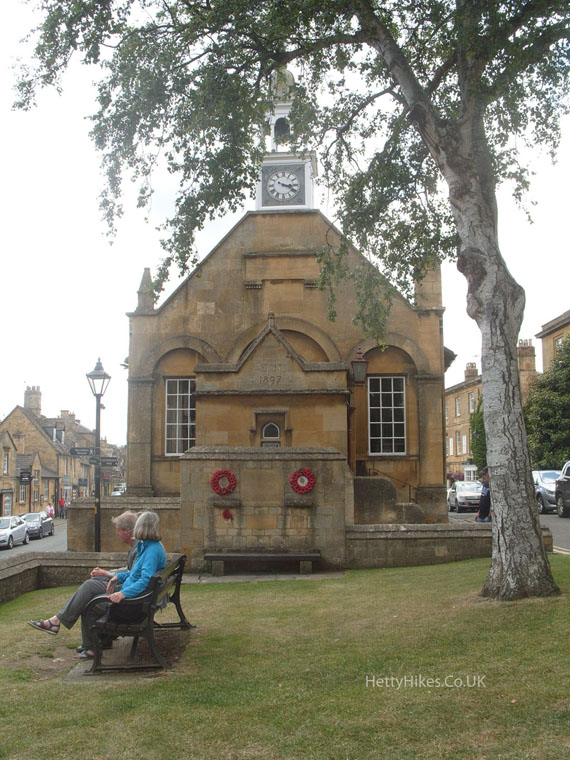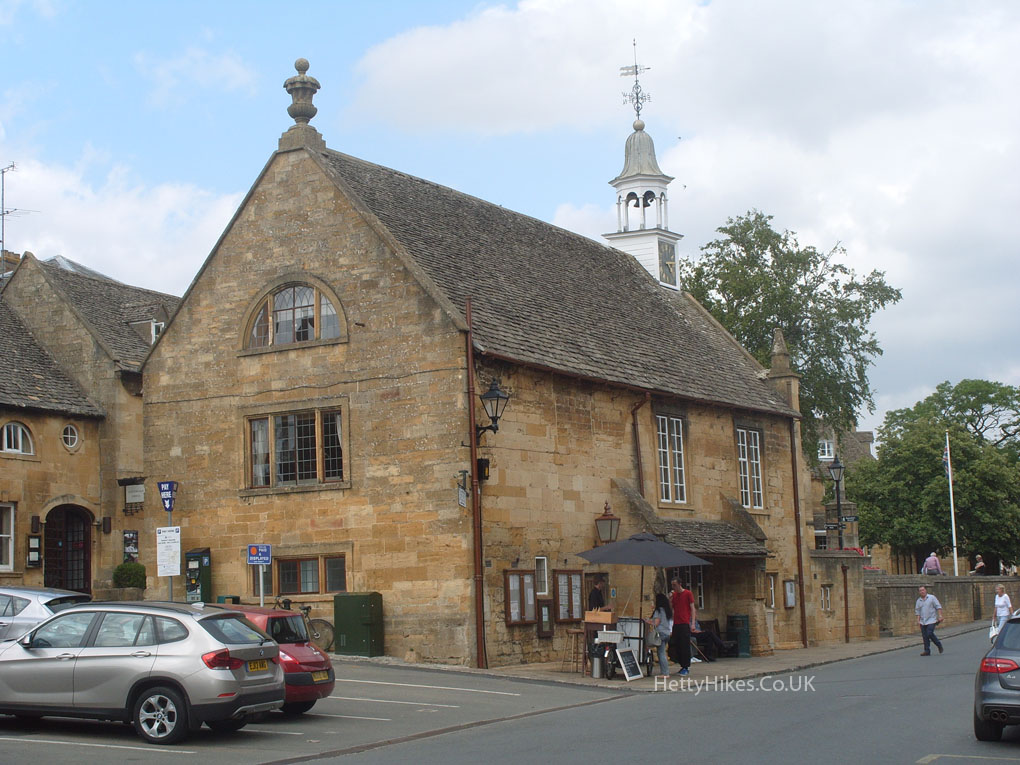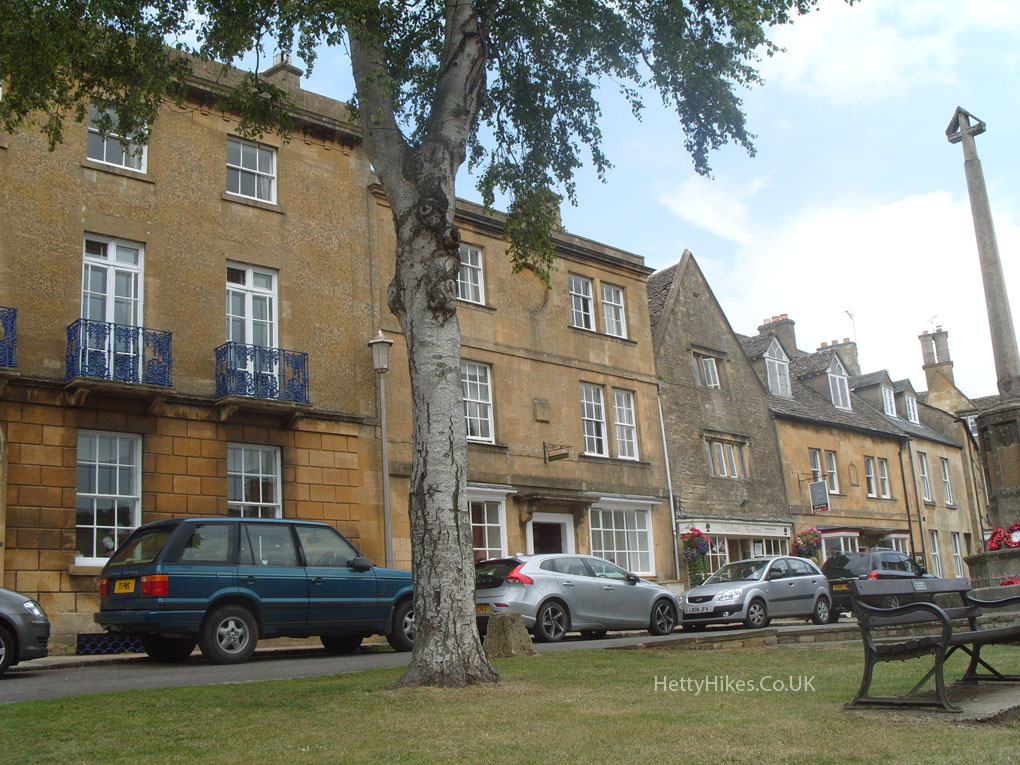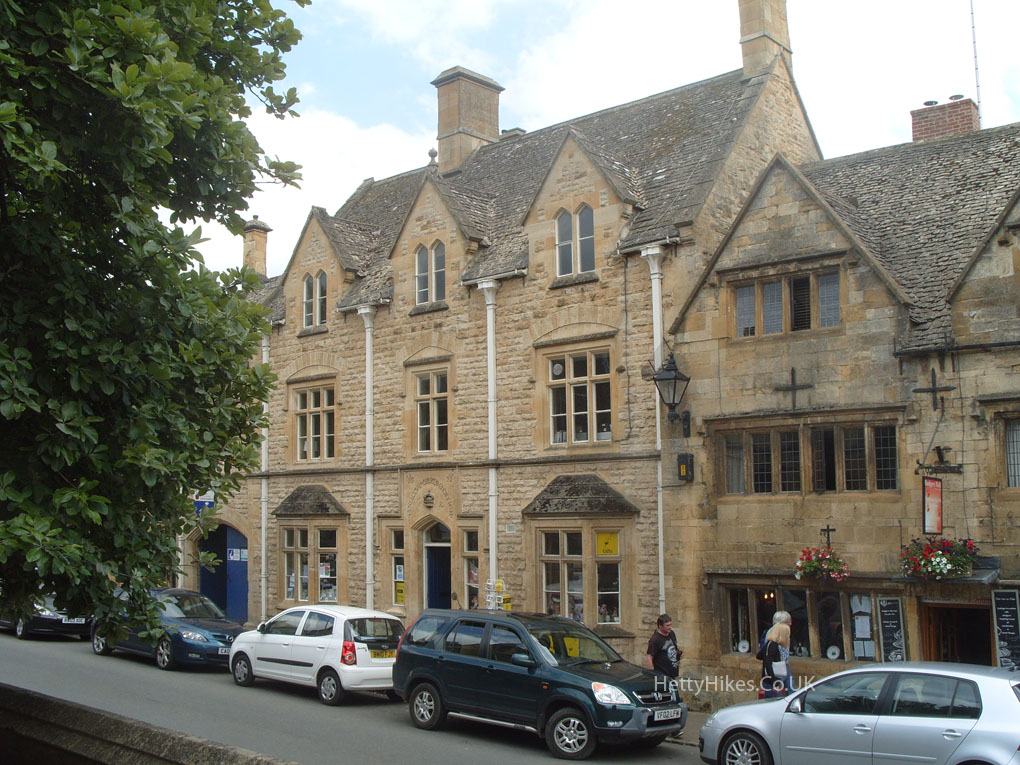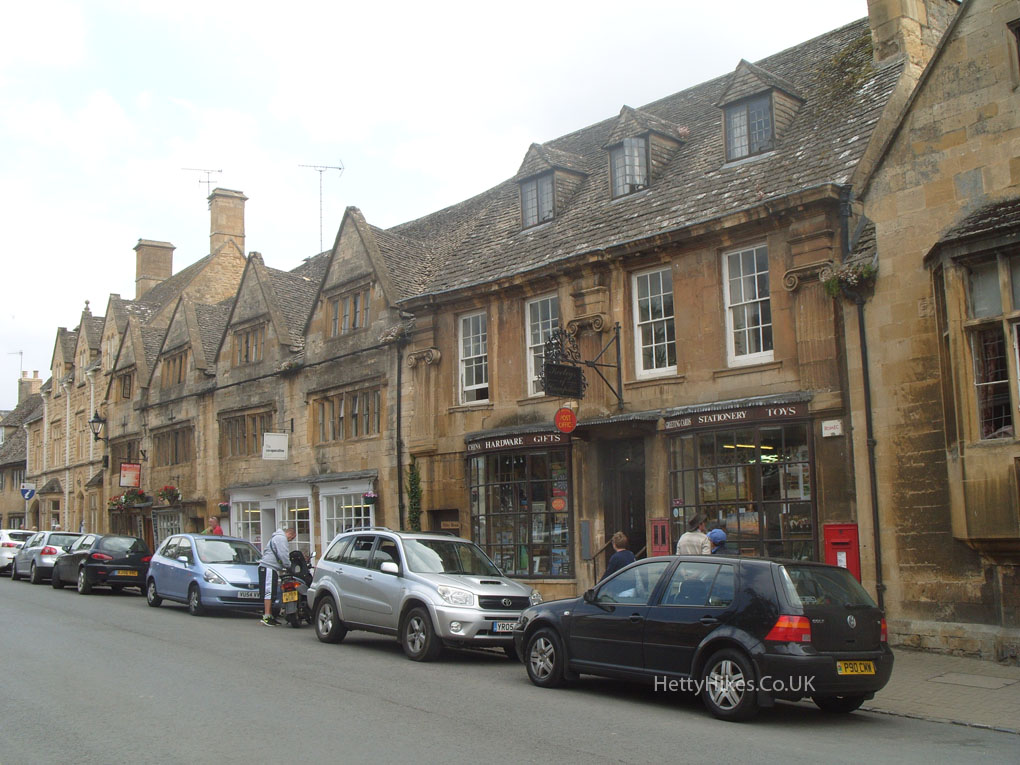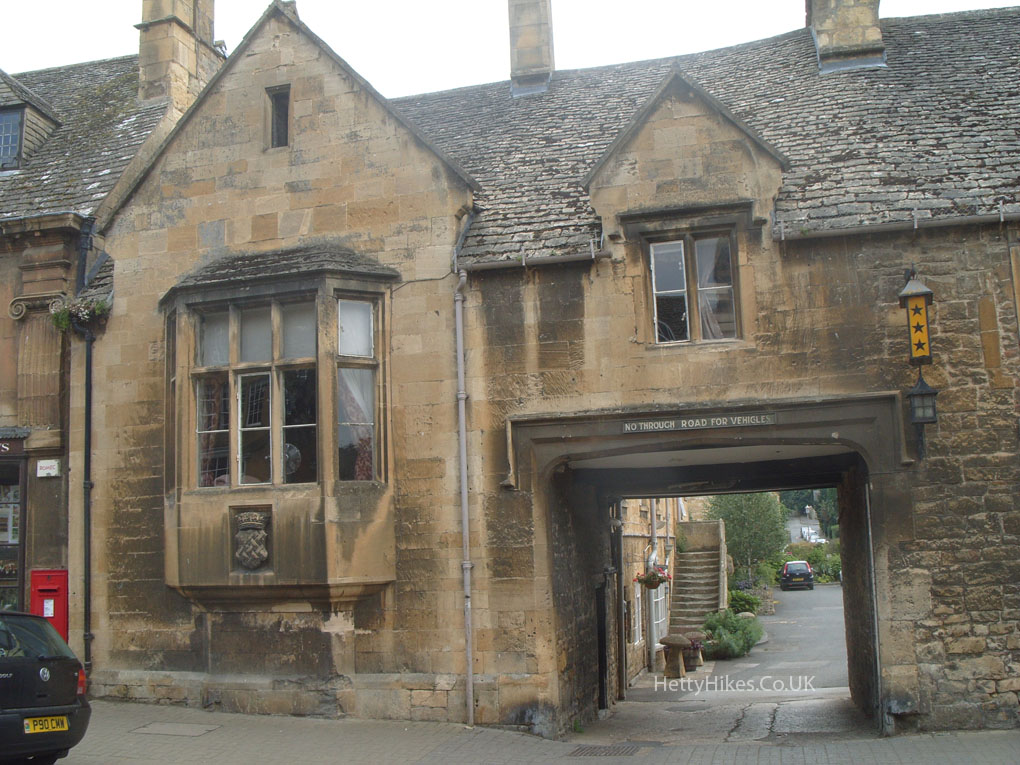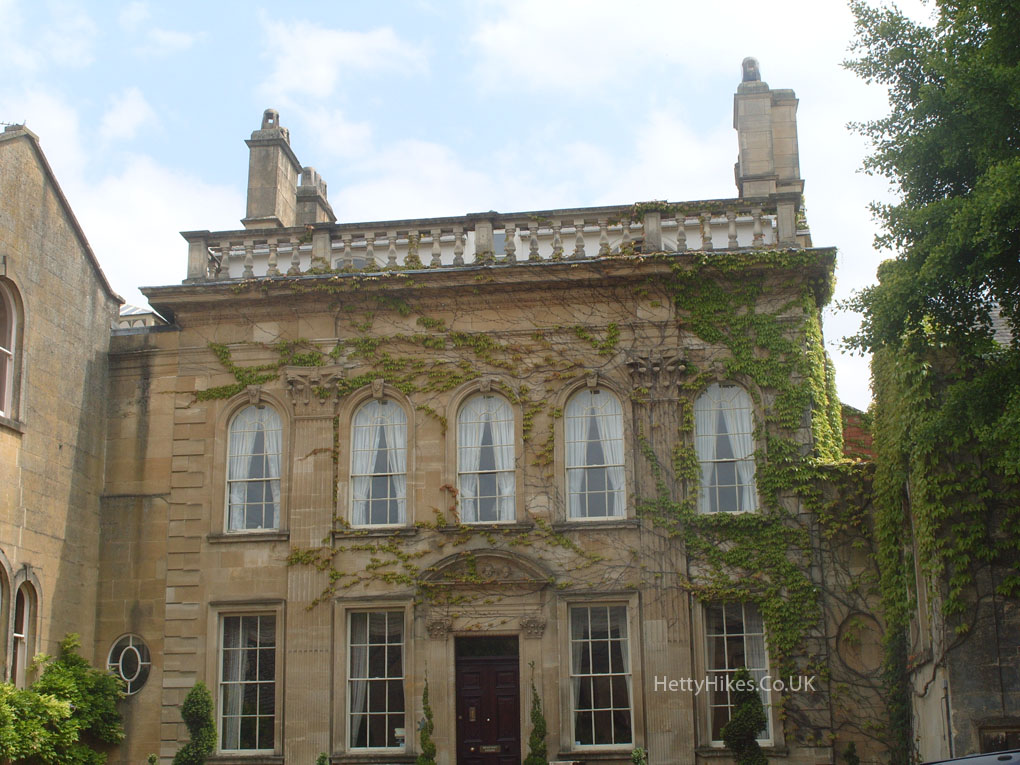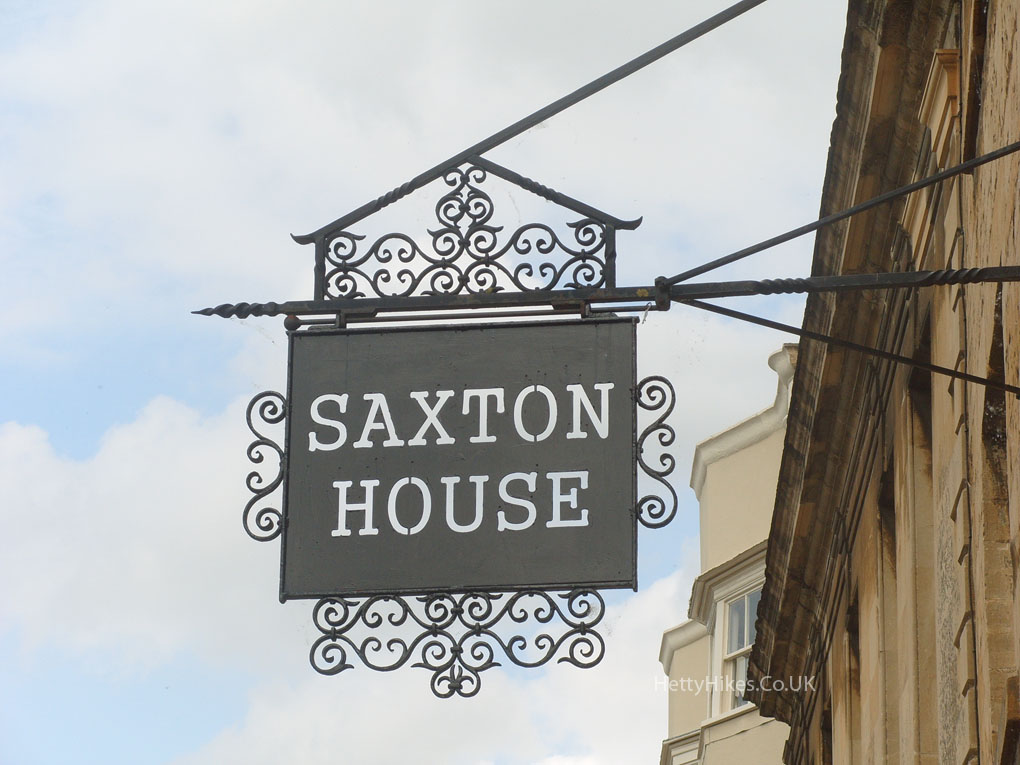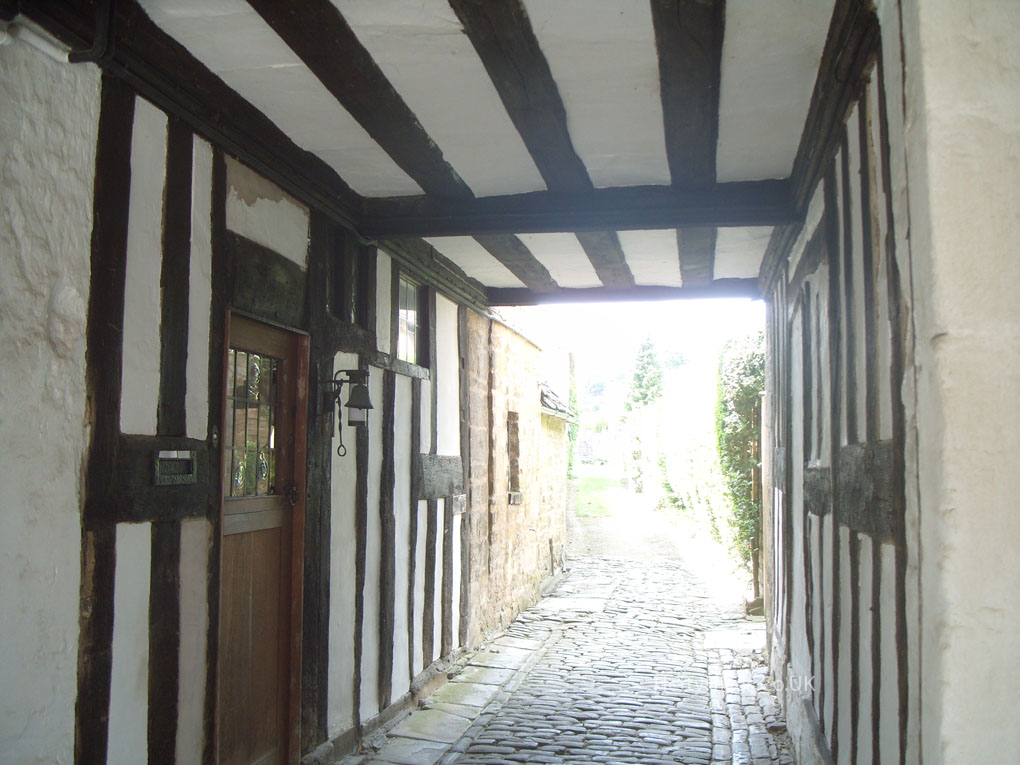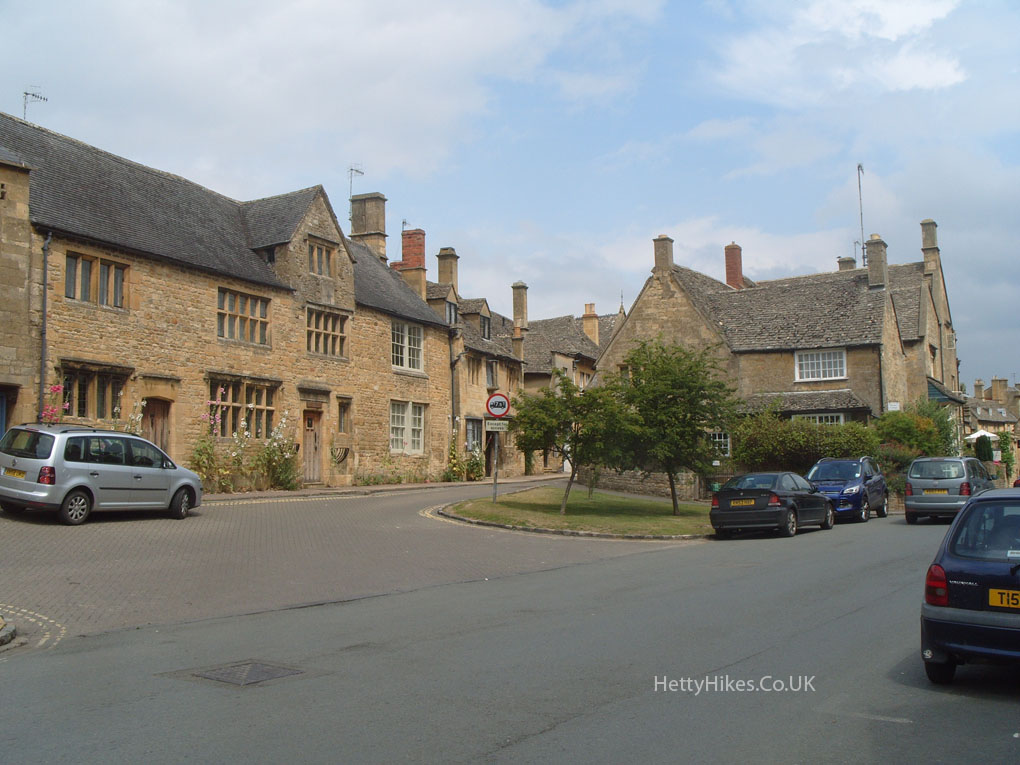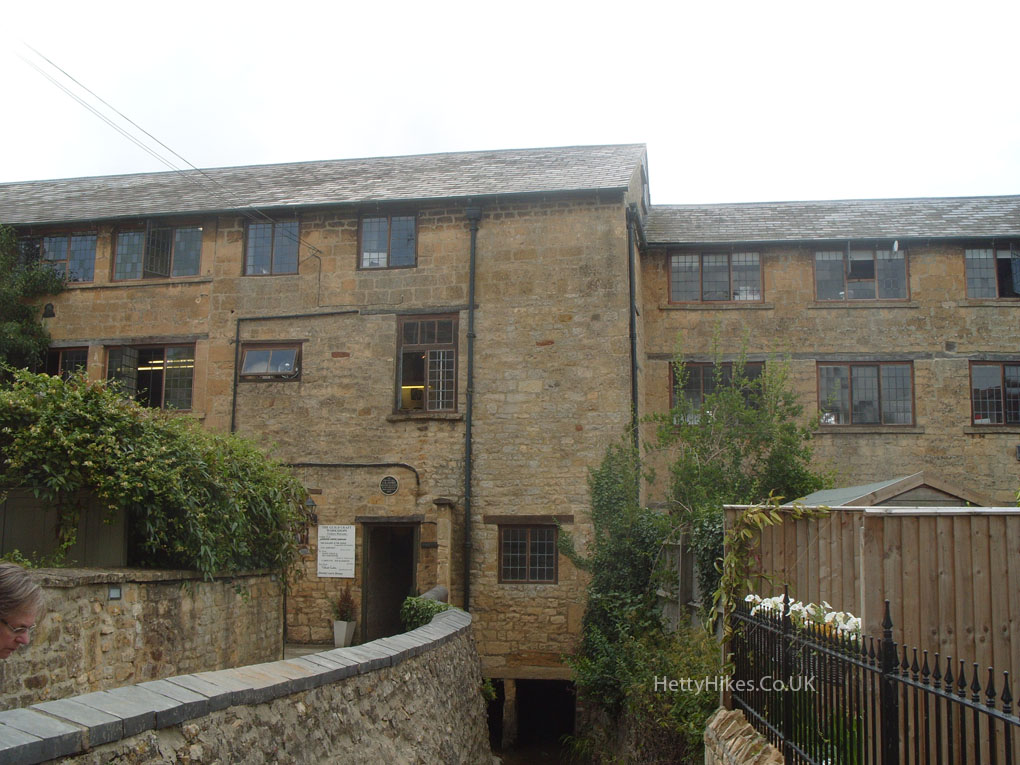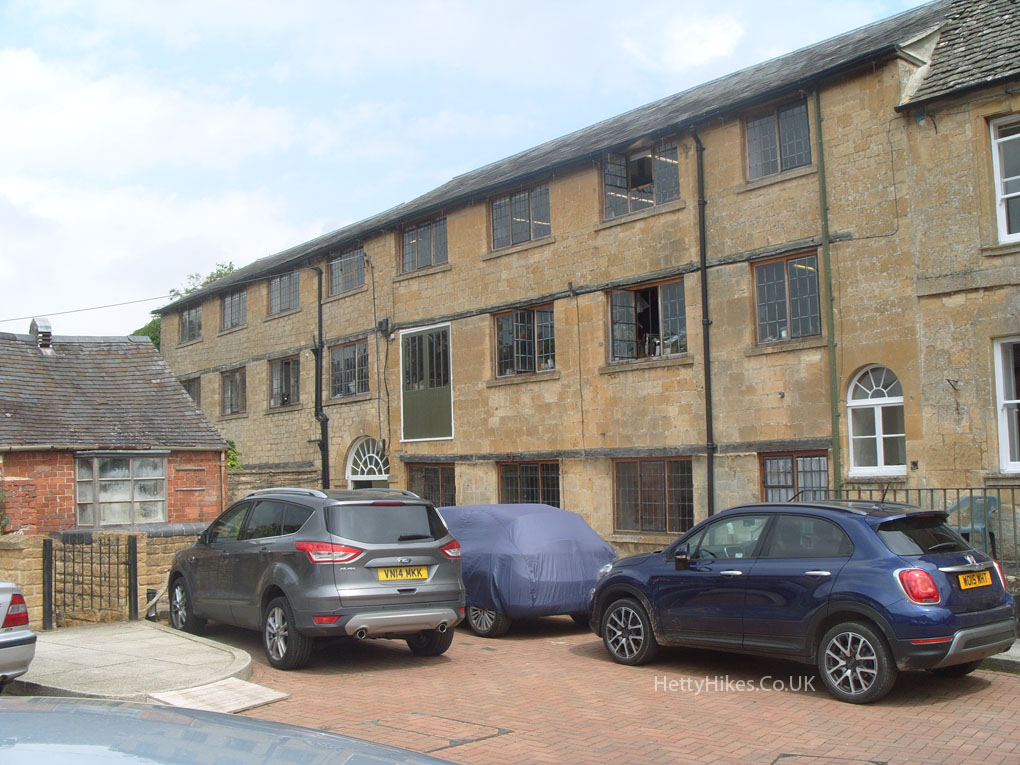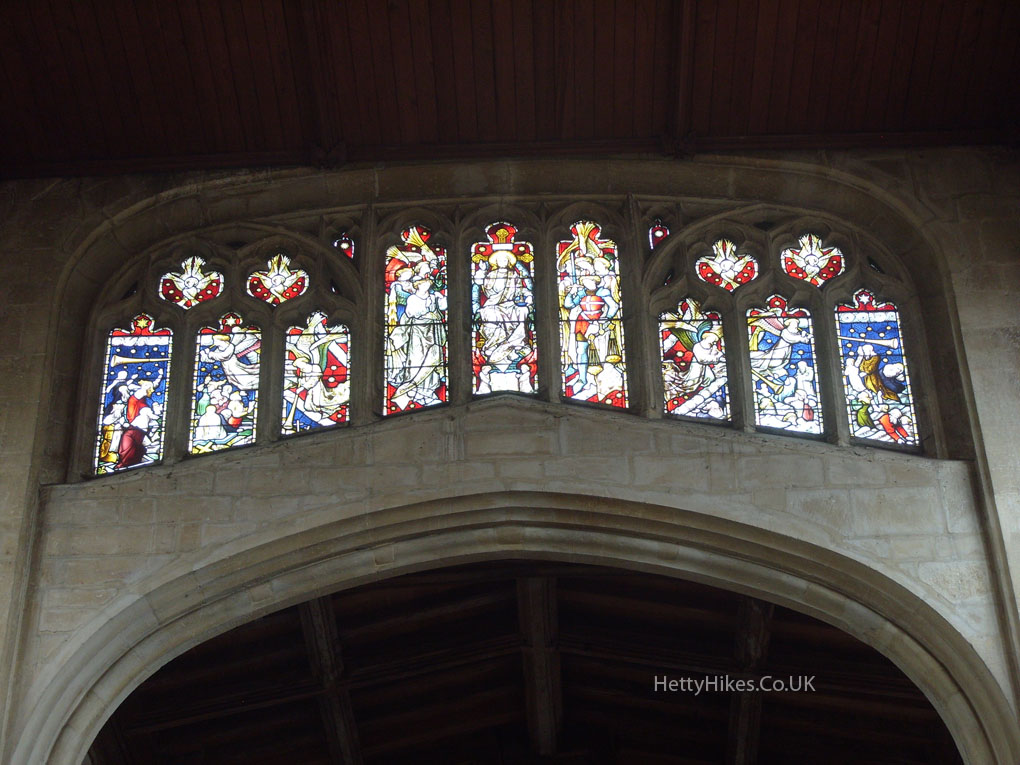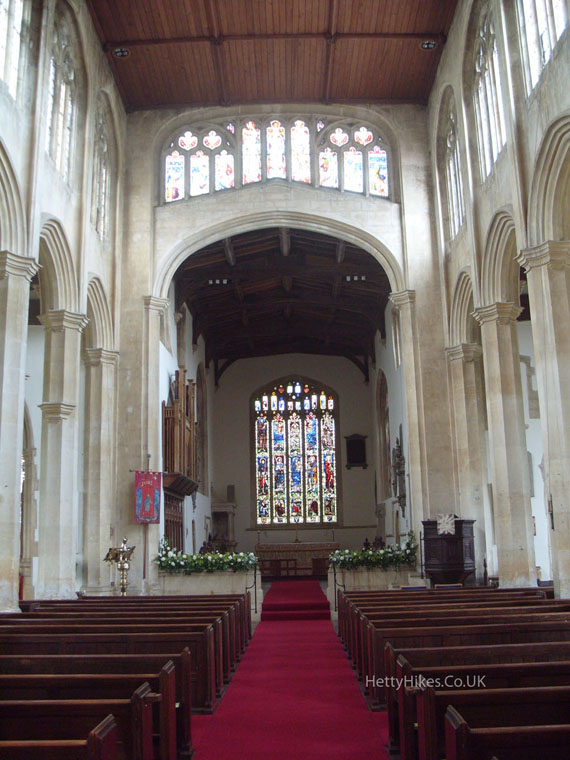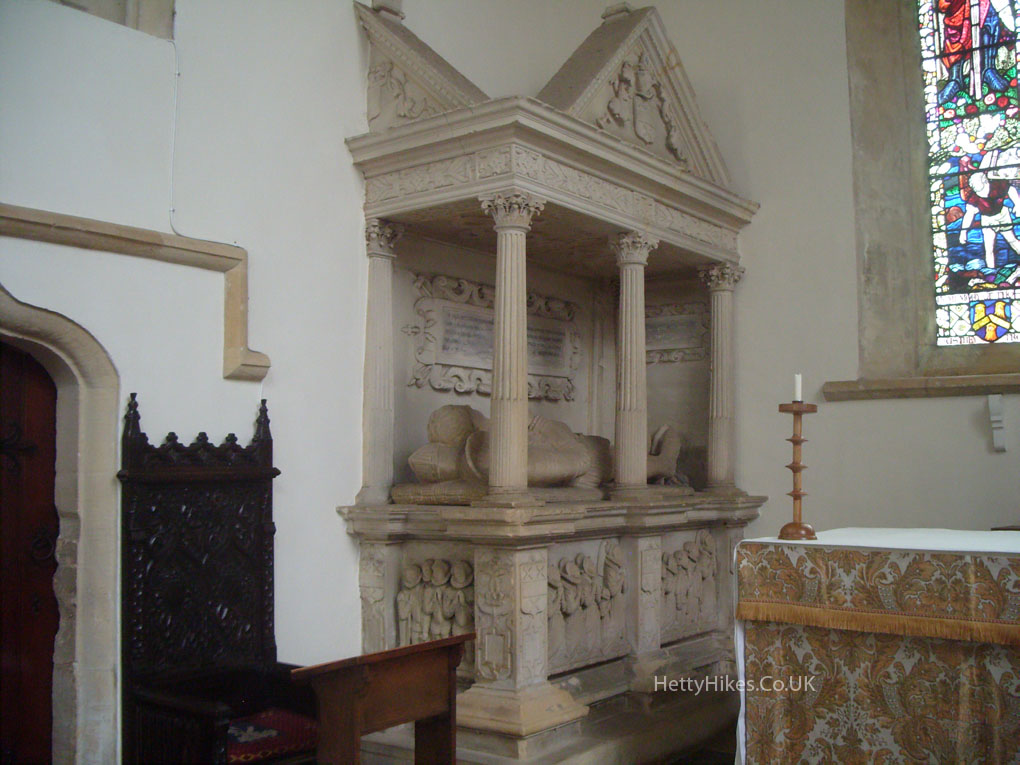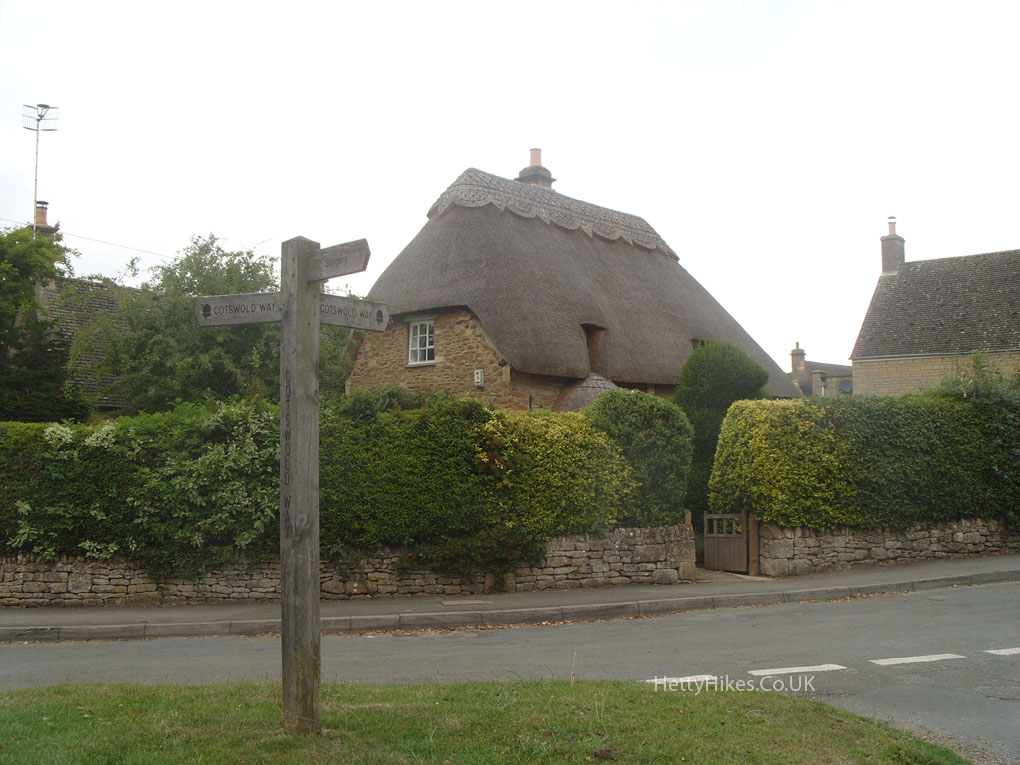Gloucestershire All photos by Hetty
Kiftsgate Court Gardens
near Chipping Campden Kiftsgate Court Gardens website
20th July 2020
A lovely garden on a steep hillside, with lots of different parts to explore
At the end of the vista is a tall scupture
At intervals, water drops from the leaves
Nearby are Hidcote Manor Gardens
>>>>>>>>>>>>>>>>>>>>>>>>>>>>>>>>>>>>>>>>>>>>>>
Chipping Camden to Dover’s Hill
20th July 2020 Map of walk
We parked at the Back Ends carpark near the Roman Catholic Church
Getting water was hard work in the old days.
On the way up to Dover’s Hill we passed this cottage, which has a plaque to say the author Graham Greene lived here (apparently it was only for a short time)
It is an easy walk up to Dover’s Hill and when you arrive there is a fantastic view.
The sleepy sheep were in the shade
Back down the hill through some fields
The lambs are nearly as big as the mums now
>>>>>>>>>>>>>>>>>>>>>>>>>>>>>>>>>>>>>>>>>>>>>>
Chipping Camden town walk
16th July 2015
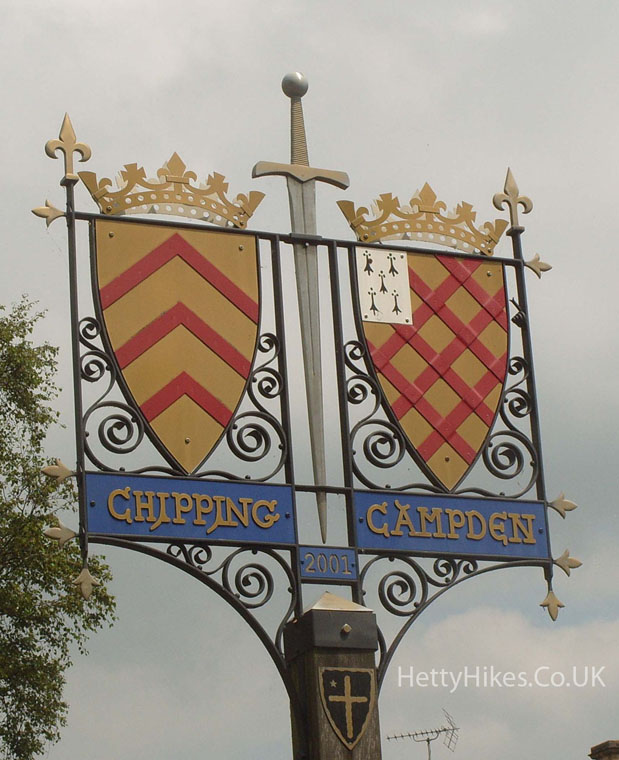 We met members of Stroud Local History Society at Court Barn Museum, for a talk and walk.
We met members of Stroud Local History Society at Court Barn Museum, for a talk and walk.
This market town developed in the 12th century – “Chipping” derives from the Old English cēping, “a market/market-place” with a planned layout of main street and burgage plots.
Chipping Campden was an important centre of the wool trade.
In the early 17th century, Sir Baptist Hicks, a silk merchant, built a grand manor house (no longer there), almshouses and the market hall.
The long, broad and curved terraced High Street contains many Cotswold stone buildings, built by wealthy merchants between the 14th and 17th centuries.
After the decline of the wool trade the population reduced.
Revitalisation came in the early 20th century when C R Ashbee relocated his Guild of Handicraft, from London’s East End to the Old Silk Mill in 1902, bringing the Arts and Crafts movement to Chipping Campden. This was more than art and design – use of traditional skills was important, but also a better way of life than factory work and its living conditions. F L Griggs, etcher, draughtsman and illustrator, arrived here in 1903 and was influential in preserving and restoring the heritage of the town and surrounding area.
Next to St James Church are the gate houses for Campden House (which was burnt down in the Civil War) and Court Barn Museum (on the right) which tells the story of craft and design in the north Cotswolds, and had an exhibition of tiles designed by William Morris.
The East and West Banqueting Houses (that were in the garden) are all that remain of Campden House
The Almshouses are still in use. Across the road is a cart dip, for washing cartwheels.
Water supply for the almshouses, and Hicks coat of arms
Fancy chimneys
The Eight Bells Inn – the church has eight bells
Grevel House – 14th century
The Old Market Place, built in 1627
The start/end of the Cotswold Way – about 100 miles to the centre of Bath
The Town Hall, originally a 14th century building
The Red Lion – 17th Century inn
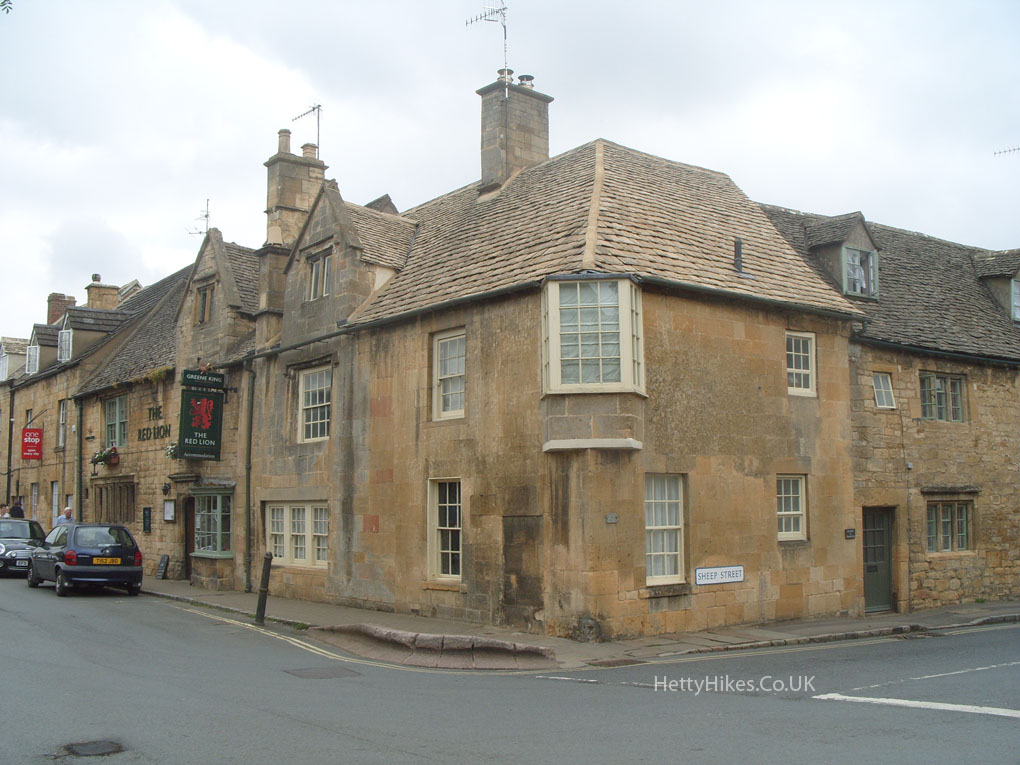 The Old Silk Mill has a working Silversmith – descendent of George Hart that came in the early 1900s
The Old Silk Mill has a working Silversmith – descendent of George Hart that came in the early 1900s
Back to St James Church, which was rebuilt about 1500
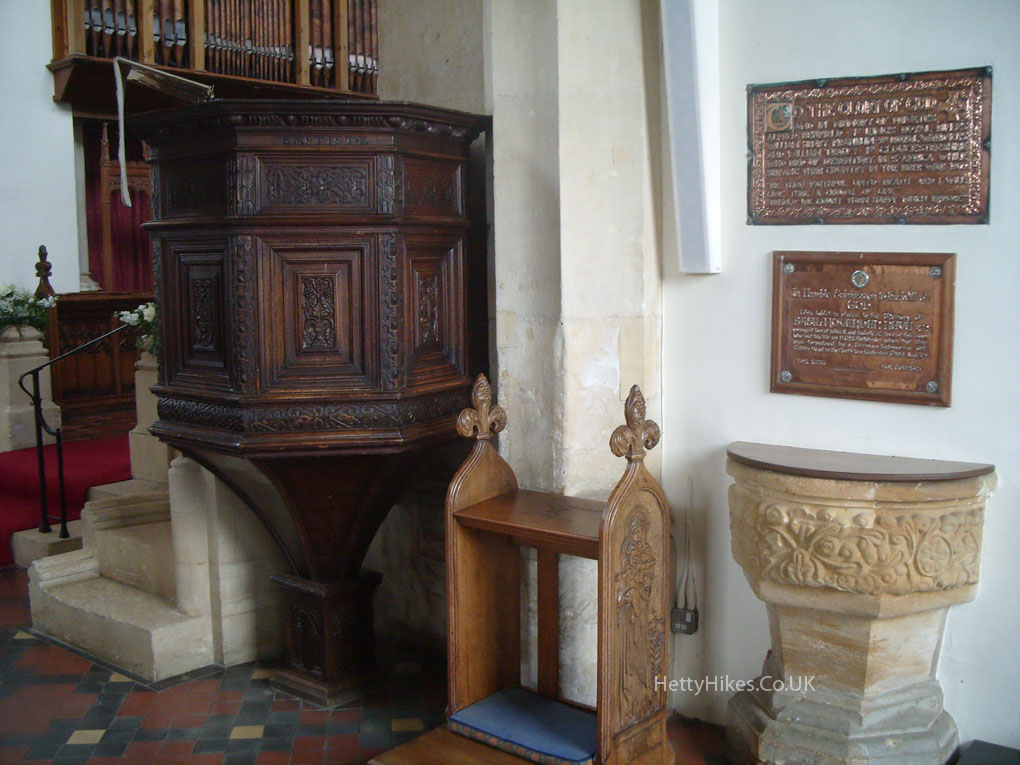 17th century monuments to the Hicks family
17th century monuments to the Hicks family
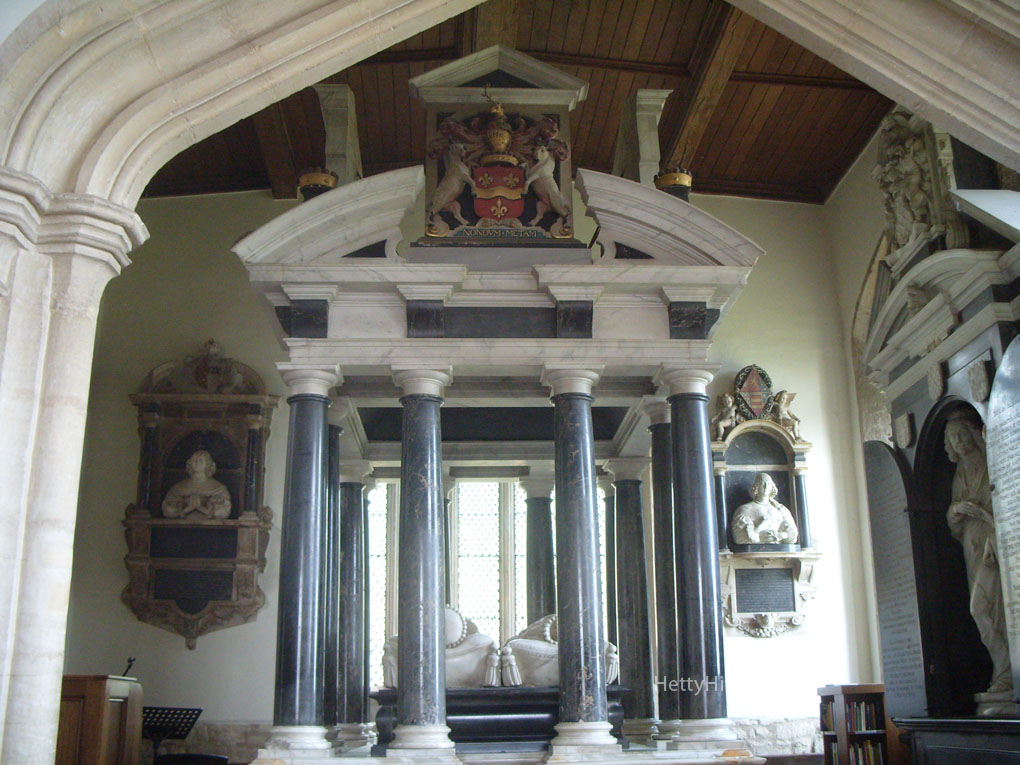 At the end of the town a thatched roof survives
At the end of the town a thatched roof survives

